How Is The Development Of Solar Power Inverter In Cuba?
 Mar 12,2025
Mar 12,2025

 XINDUN
XINDUN
Cuba has long faced a serious power shortage problem, and frequent power outages have become the norm. The long term sanctions of the United States have made it difficult for Cuba to import the fuel and equipment needed for power. The domestic power infrastructure is seriously aging, and the fuel supply is tight, which has overwhelmed the power system. For example, in February 2025, the failure of multiple generator sets and the shortage of fuel in distributed power stations caused the national power supply to be in urgent need. The Cuban government had to take measures to suspend some teaching and work activities to save electricity.
In this predicament, solar inverters still show broad development prospects in the Cuban market. Cuba has abundant solar energy resources, with more than 2,800 hours of sunshine per year, which provides a solid foundation for the application of solar inverters. In order to solve the energy problem, the Cuban government has begun to seek diversified energy sources in recent years, actively developing and utilizing renewable energy sources, such as solar power. solar power systems can alleviate Cuba's power shortage problem, improve the key force of power supply conditions, and promote Cuba's energy structure to a green and sustainable direction. So today, Xindun will come with you to have a deep understanding of the development of solar power in Cuba? And recommend several high quality solar inverters suitable for Cuban users.
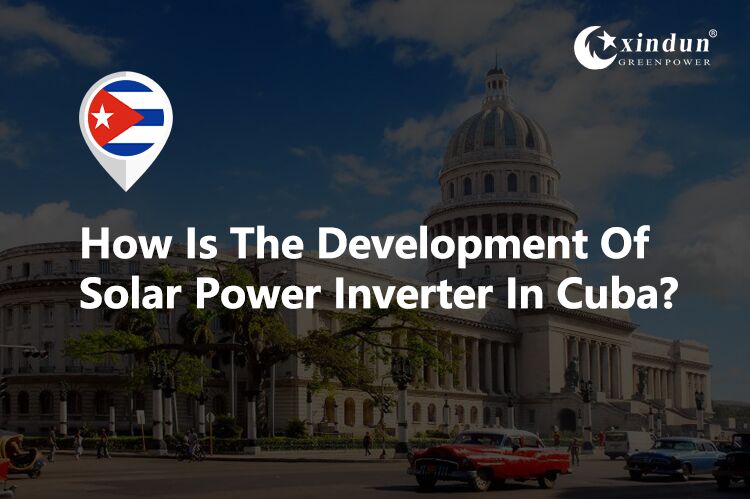
I. Cuba's power structure
Cuba's power supply is still dominated by traditional energy. According to the International Energy Agency (IEA), Cuba's total power in 2023 is about 25 billion kWh. The power structure is highly dependent on fossil fuels, of which oil fired power accounts for 65%, natural gas accounts for 15%, and biomass energy (such as bagasse) accounts for 12%. Among renewable energy sources, solar energy accounts for about 4%, wind energy and hydropower each account for 2%. Although the proportion of renewable energy is still low, the Cuban government has set a goal of 24% of renewable energy in 2030, and has introduced a number of incentive policies, including duty-free import of solar equipment and installation subsidies, to promote the rapid growth of solar installed capacity.
Although the Cuban government has realized the importance of renewable energy and formulated a series of incentive policies, the development of wind power and solar is relatively slow due to technical and financial constraints. In recent years, Cuba's import demand for solar products has been on the rise, which also reflects its determination and potential for development in the field of solar power.
II. Is Cuba's electricity supply stable?
Cuba's power system is not stable. Cuba's power system relies heavily on old thermal power plants. Key facilities such as the Antonio Guitras Thermal Power Plant frequently fail due to aging equipment. The thermal power plant has been in use for decades and is quite old and lacks investment and maintenance and frequently fails. For example, in October 2024, the sudden shutdown of the power plant caused a nationwide power outage. The power outage in some areas lasted for more than 24 hours, becoming the "worst power crisis in 30 years". Throughout 2024, Cuba suffered a total of three nationwide power outages due to fuel shortages and power grid collapse. The average daily power outage duration for Cuban families was as high as 8 hours.
On February 13, 2025, the Cuban Ministry of Labor and Social Security announced that in view of the current domestic power situation, Cuba will suspend all non-essential teaching and work activities on the 14th and 15th. And under the influence of long-term US sanctions, Cuba has difficulty importing fuel and repairing severely aging power equipment, resulting in the inability to replace old units and the delay in the construction of new power stations. 26. Although the government has tried to promote energy transformation through international cooperation (such as China's solar projects), it is still difficult to change the energy structure in which oil-fired power accounts for 80% in the short term. However, Cuban residents or enterprises have begun to install solar power systems to alleviate power outages, achieve independent power supply, and improve electricity conditions.
III. What is the electricity price in Cuba?
Cuba's electricity price system has undergone a series of adjustments in recent years, aiming to optimize the allocation of power resources and promote the transformation of the energy structure. According to the Cuban Ministry of Energy and Mines, starting from March 1, 2024, the electricity price for so-called "large consumers" with a monthly electricity consumption of more than 500 kWh will be increased by 25%. Taking specific electricity consumption data as an example, a user who consumes 600 kWh per month will pay 2,451 pesos per month before the electricity price adjustment, and 2,681 pesos after the adjustment; if the user consumes 700 kWh per month, he will originally pay 3,396 pesos, and after the implementation of the new electricity price, the cost will rise to 3,862 pesos. From the perspective of overall residential electricity consumption, the residential electricity price in Cuba will be 0.720 Cuban pesos per kWh in June 2024, which is about 0.006 US dollars. The rising electricity prices and unstable power supply in Cuba have prompted more households and small and medium sized enterprises to seek more affordable electricity solutions. Solar power systems have become an option considered by many households and businesses in Cuba due to their long term cost advantages.
IV.What is the prospect of solar power in Cuba?
Cuba's solar market has great potential. Cuba is located in the subtropics and has unique lighting conditions. Most areas have a long average annual sunshine time. The abundant sunshine provides a rich energy foundation for solar power. Cuba's average annual solar radiation is 5.5-6.5kWh/m², and the average daily solar radiation power per square meter in Cuba is 5 kWh. Cuba has a large amount of idle land, whether it is open space in rural areas or roofs of urban buildings, which provides ample space for the installation of solar systems.
The latest new energy strategy of the Cuba government, in order to improve energy self sufficiency, Cuba is focusing on the development of renewable energy, and plans to increase the proportion of renewable energy power in the country from the current 5% to 24% by 2030. Solar is the core pillar. This shows that the Cuban government attaches great importance to solar power and provides policy support for its development, which will greatly increase power supply, reduce power outages, improve the stability and reliability of people's electricity use, and make people no longer rely on unstable traditional power supply.
Cuba has formulated relevant plans to build 92 new solar parks by the end of 2028, providing more than 2,000 megawatts of electricity, of which 55 have been included in the 2025 plan. The construction of these solar parks will greatly enhance Cuba's renewable energy power capacity. The promotion of solar power will not only help alleviate Cuba's power crisis, but also drive the development of related industrial chains and create employment opportunities, such as solar equipment manufacturing, installation, maintenance and other fields, providing more employment opportunities for the people and increasing income sources.
Cuba will implement 30,000 sets of household solar power system projects, etc., to provide electricity for families living in remote areas outside the coverage of the power grid, meet basic lighting and electricity needs, and improve their living conditions. Allowing more families to obtain clean energy independently, the people can participate in solar power projects, such as installing solar equipment by themselves, and realize independent power supply, which not only improves the quality of life of residents, but also reduces the overall power burden of the country, and improves the Cuban people's awareness of energy independence and participation in the country's energy transformation.
Cuba exempts import tariffs on solar equipment and provides low interest loans (interest rate 5%). Families can receive a 50% subsidy for installing solar systems. According to the relevant resolution issued by the Cuban government in July 2021, in order to increase the participation of renewable energy in the power grid, individuals are allowed to import solar systems and parts for non-commercial purposes without paying customs duties. It is clearly mentioned that inverters fall into the category of duty-free imports.
V.Which type of solar inverter is suitable for Cuba?
Off grid solar inverter
Off grid solar inverters play an important role in remote areas of Cuba, especially islands and mountainous areas where the power grid is not covered. These areas rely on traditional power grids for high costs and instability, and off grid solar power systems have become an effective way to obtain stable electricity. It converts the direct current(DC) generated by solar panels directly into alternating current(AC) for load use, and stores excess power in energy storage batteries. Although it costs a certain amount to configure energy storage batteries, the overall cost of the off-grid system is still worthwhile compared to long term reliance on expensive and unstable traditional power supply methods. The off grid solar power system generates electricity and stores energy during the day, and can also meet household electricity needs at night or on cloudy days, ensuring the stability and autonomy of electricity use.
On grid solar inverters
On grid solar inverters are more suitable for use in areas of Cuba where the power grid has good coverage and the power supply is relatively stable. In these areas, electricity costs are usually high, and users hope to reduce electricity costs and achieve energy conservation and emission reduction through solar power. On grid inverters can convert the direct current(DC) generated by solar panels into alternating current(AC) and directly connect them to the grid. Users can use the electricity generated by their own solar power system, and the excess electricity can be transmitted to the grid for economic benefits.
Hybrid solar inverter
The hybrid solar inverter combines the advantages of off grid and on grid inverters and has broad application prospects in Cuba. It can not only connect to the mains as a backup power supply when the grid is normal, but also switch to off grid mode when the grid fails, using energy storage batteries to power the load, and can also sell excess power to the grid in on grid mode to obtain revenue. This flexibility allows hybrid inverters to play an important role in both urban and remote areas of Cuba, and is suitable for the overall environment of unstable power supply in Cuba. In addition, users can also choose to configure energy storage batteries according to their own usage scenarios and economic conditions.
VI.Solar inverters recommendation for Cuba
Xindun HFP on grid and off grid hybrid inverter
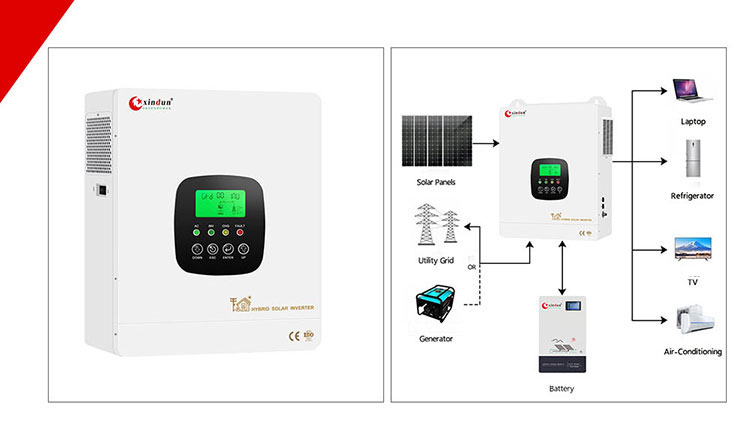
Xindun HFP on grid and off grid hybrid inverter 1.3kW-12.3kW, DC 12V/24V/48V to AC 110V/220V/230V/240V
Xindun HFP solar inverter is a high frequency on grid and off grid hybrid inverter, which can be set to on grid mode, off grid mode, and hybrid mode. The flexible switching of the three modes meets the electricity needs of Cuban users, supports batteryless operation mode, 500V ultra wide solar input voltage, mains complement, high frequency pure sine wave output, inverter conversion efficiency up to 94%, adaptable to various types of loads, stable and reliable, built in mppt solar controller, solar and mains can charge the battery, remote APP connection operation control.
Xindun LS Split Phase Solar Inverter
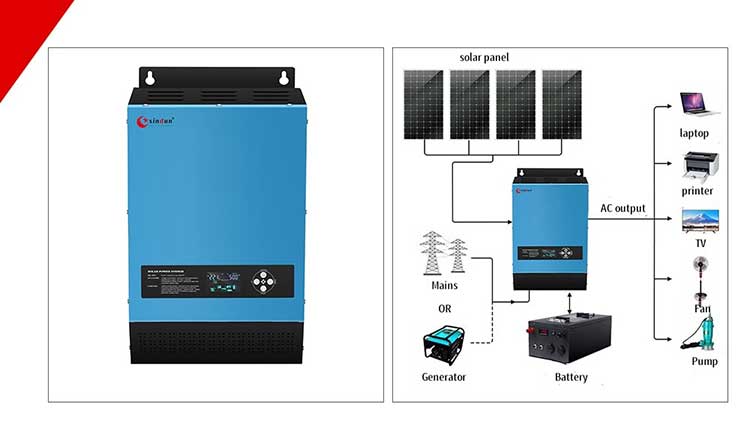
Xindun LS solar inverter 1000W-6000W, DC 12V/24V/48V to AC 110V/120V/220V/230V/240V
Xindun LS solar inverter is a high-efficiency low frequency solar inverter with excellent performance. It adopts a toroidal low-loss low frequency transformer, efficient inverter conversion, and the output power is comparable to the mains power, ensuring stable power quality. Low frequency pure sine wave output, three times peak power, stable output, can adapt to different load types, and ensure the safe and stable operation of the equipment under various working conditions. Compatible with multiple battery types such as lead-acid batteries and lithium batteries. The output voltage and frequency can be set, and the dual output voltage can be 110V&220V, 120V&240V, especially suitable for dual voltage countries such as Cuba. Built in MPPT controller reverse controller, solar/mains power/generator, all can be charged. Suitable for industrial and civil fields, wall mounted design, easy installation, widely used in various places.
Xindun ESS-LI All In One Solar Power Generator
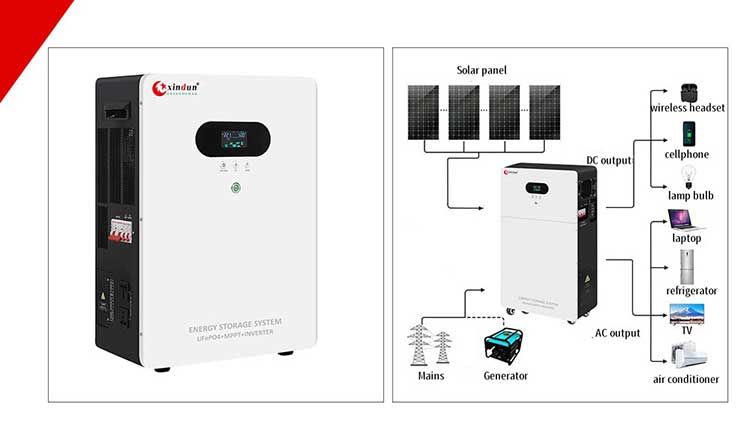
Xindun ESS-LI all in one solar power generator 300W-7000W, DC 12V/24V/48V to AC 110V/120V/220V/230V/240V
Xindun ESS-LI all in one solar power generator is a portable, plug and play, easy to install solar inverter. It adopts an integrated design and integrates a solar controller, inverter, and lithium battery into an all in one solar power generator, which simplifies the installation and use process of the system and is more convenient to use. It adopts a low-loss power frequency transformer, efficient inverter conversion, and pure sine wave output at low frequency, providing powerful and stable output capabilities to ensure the stable operation of the equipment. It provides a variety of output type interfaces to support AC sockets, round hole DC sockets (12V) and DC USB sockets (5V) DC output to meet the types of plug in ports for different devices. It uses LiFePO4 lithium iron phosphate batteries, which charge faster and store more energy efficiently. It supports three charging methods, and can be charged by solar/mains/generator. Xindun ESS-LI all in one solar power generator only needs to be connected to solar panels to quickly form an off grid solar power system!
Xindun HDSX Three Phase Solar Inverter
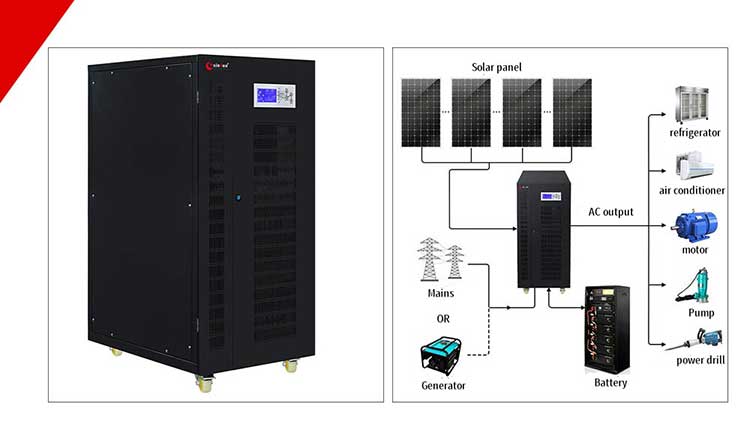
Xindun HDSX three-phase inverter 3.2kW-160kW, DC 48V/96V/192V/384V to AC 380V/400V
Xindun HDSX inverter is a three phase solar inverter that is very suitable for industrial and commercial use. For Cuba industrial and commercial users, they generally need an inverter with high power and stable output. This three phase solar inverter is designed to meet high power and high power load industrial applications, with excellent conversion efficiency and stable output performance. It has three input and three output functions, adapts to a variety of battery types, meets diverse power needs, can easily cope with complex and changing industrial scene needs, and provides stable and reliable power guarantee for corporate users. At the same time, Xindun HDSX three phase solar inverter also has UPS power supply function, which stabilizes the mains power and supplies it to the load when the mains power is normal, and charges the battery at the same time. When the mains power is interrupted, the DC power of the battery is immediately switched to AC power through the inverter to provide continuous and reliable power support.
VII. Why choose Xindun Power?
Xindun Power was founded in 2006 and is a professional solar power system manufacturer, focusing on the research and development, production and sales of solar inverter products. We have brought together a professional team in technology research and development, production management and quality control, with rich industry experience. The main products sold include solar inverters, solar controllers, solar power systems and related supporting products. Xindun's products have passed the ISO9001 international quality management system certification and obtained CE, IEC, CCC and other professional testing certifications to ensure their excellent quality and performance. Xindun Power's inverter products not only have efficient energy conversion rates and stable power output, but also can meet the diverse power needs of Cuban users. They are suitable for daily household electricity use, commercial operations and industrial manufacturing and other fields, providing stable and reliable power support.
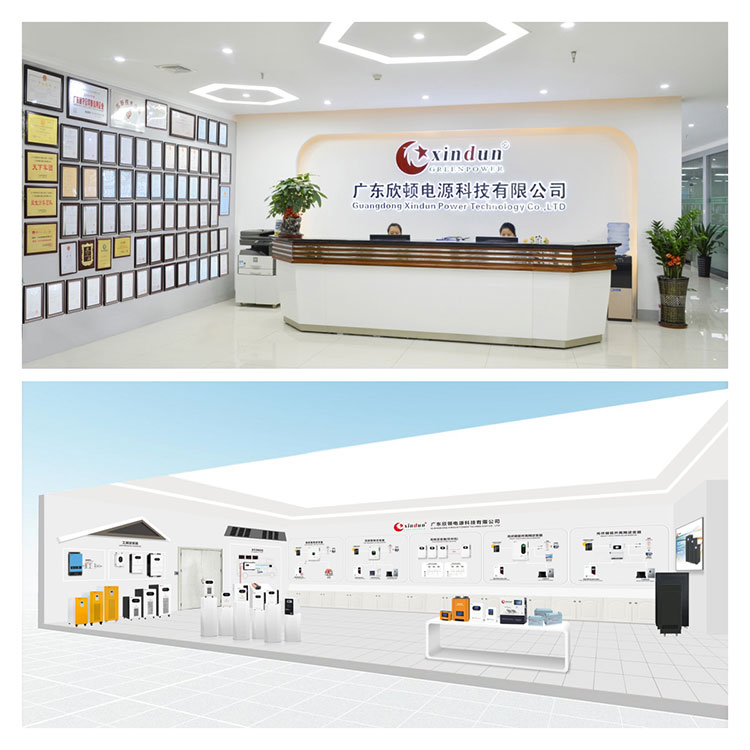
Xindun Power is headquartered in Foshan, Guangdong, China. It has a modern production plant of more than 10,000 square meters and a research and development team composed of dozens of elite engineers. Xindun can not only provide customers with OEM/ODM special customization services, but also provide comprehensive pre-sales services and after sales guarantee services. Xindun Power's products have been exported to more than 100 countries and regions. In order to better serve the overseas market, Xindun Power has established branches in East Africa, West Africa, South Asia, Southeast Asia and other regions, and has set up marketing centers and warehouses to respond to the needs and feedback of local overseas customers more quickly and accurately. Whether it is product consultation, sales support, or after-sales service, Xindun can provide users in overseas regions with a full range of one stop solutions.
The above is the content about the recommendation of Cuba solar inverters, and it introduces in detail the market development prospects of Cuba solar power. I hope this article will be helpful to Cuban customers in choosing solar inverters. If you want to cooperate with Xindun or purchase Xindun solar inverters and other products, you can leave your information and needs in the customer service window at the bottom of the website (https://www.xinduninverter.com), and Xindun will contact you as soon as possible during working hours.
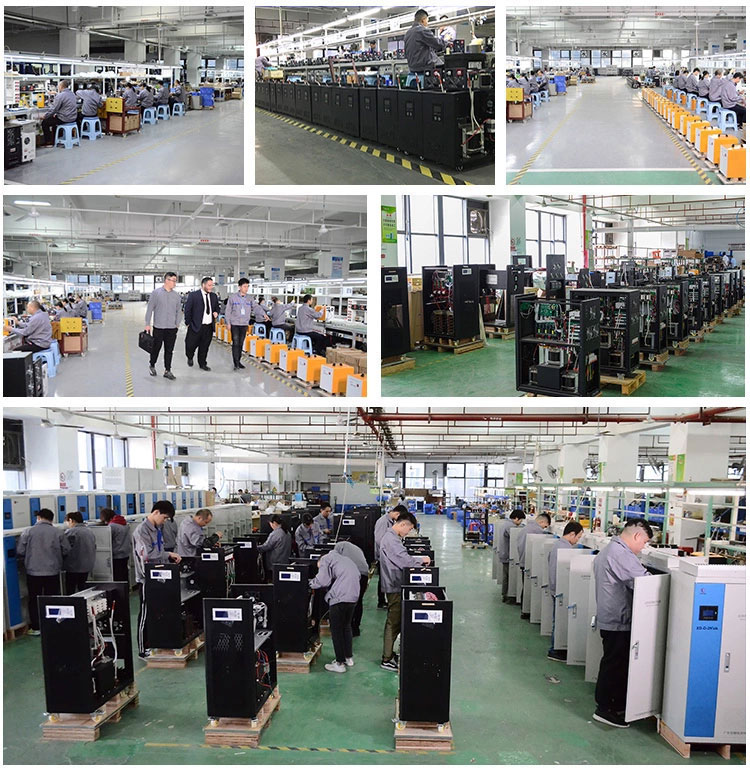

 Solar Inverter
Solar Inverter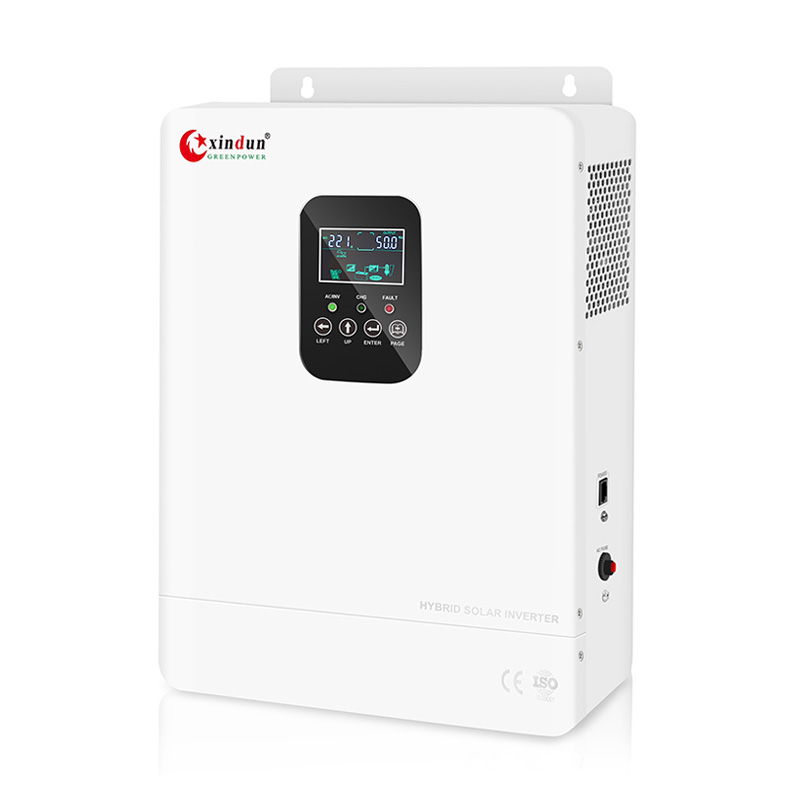
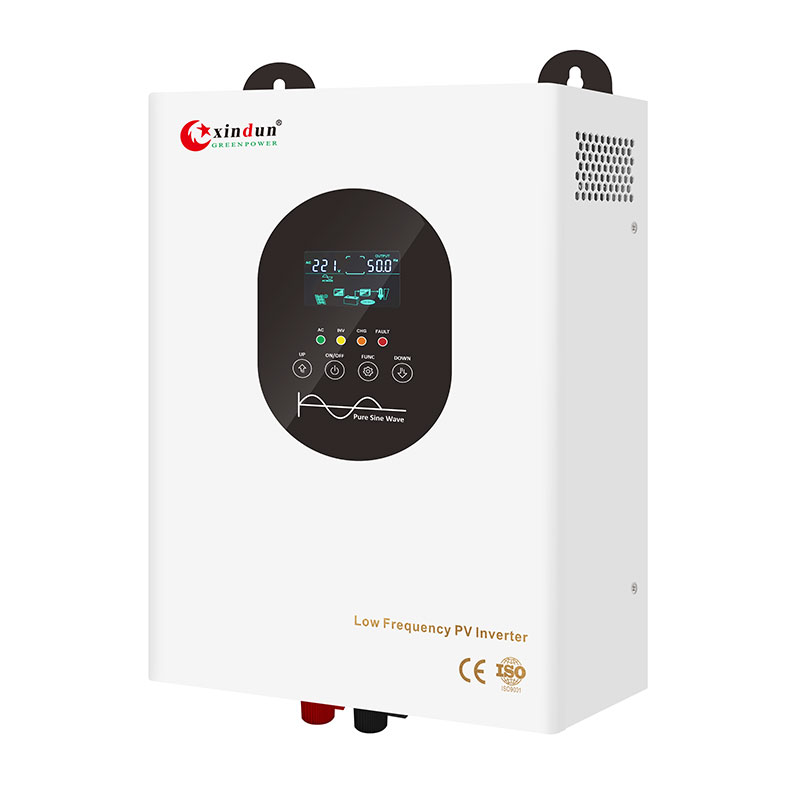
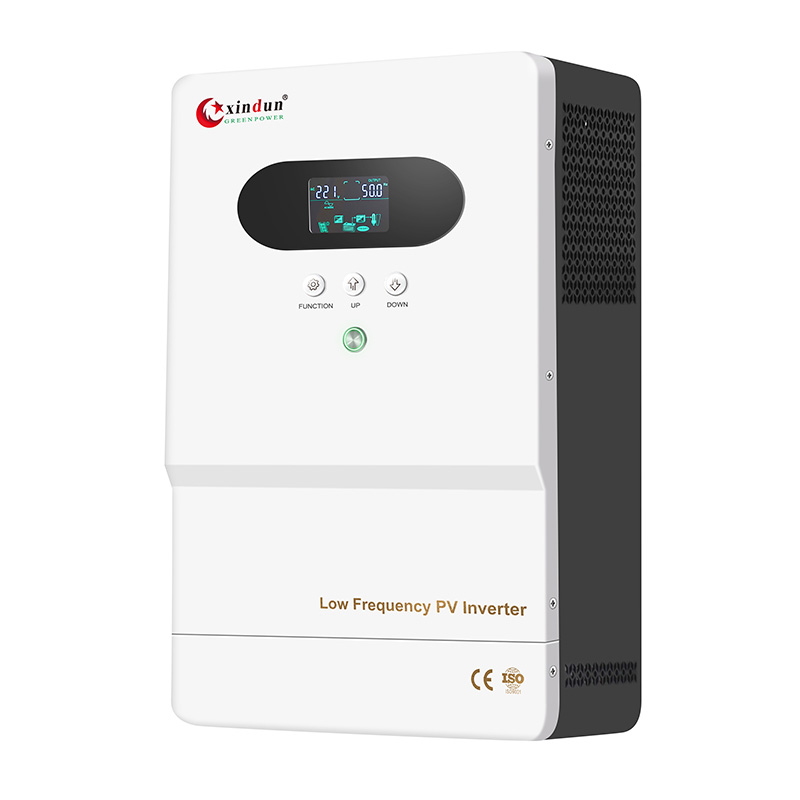
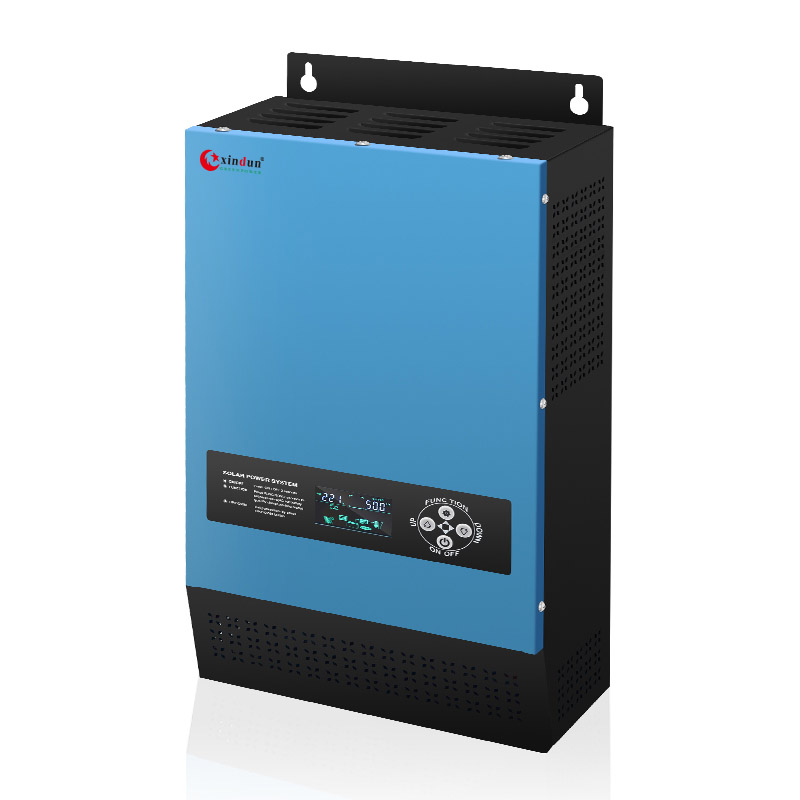
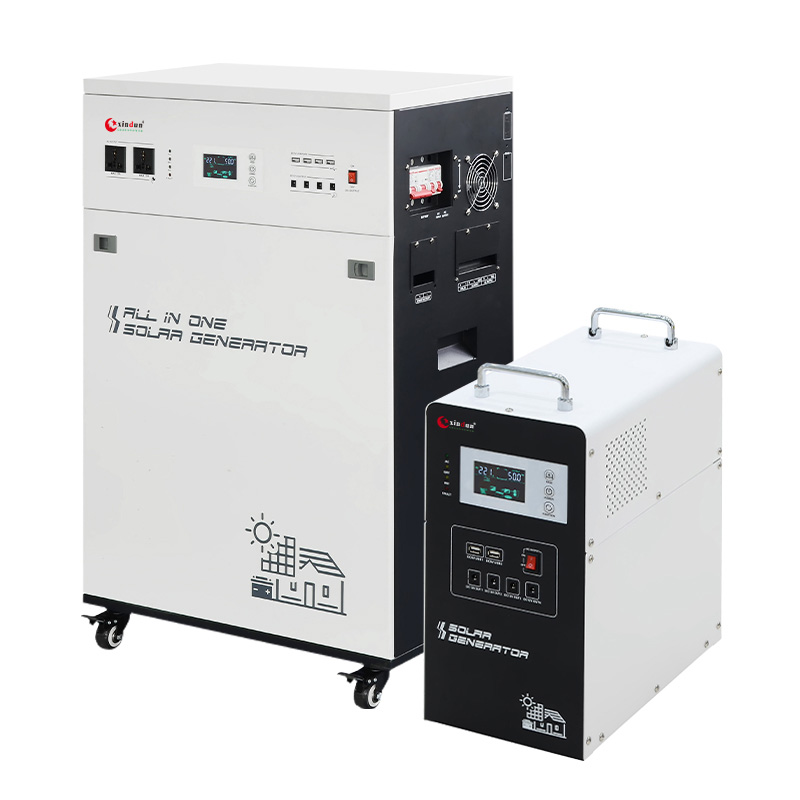
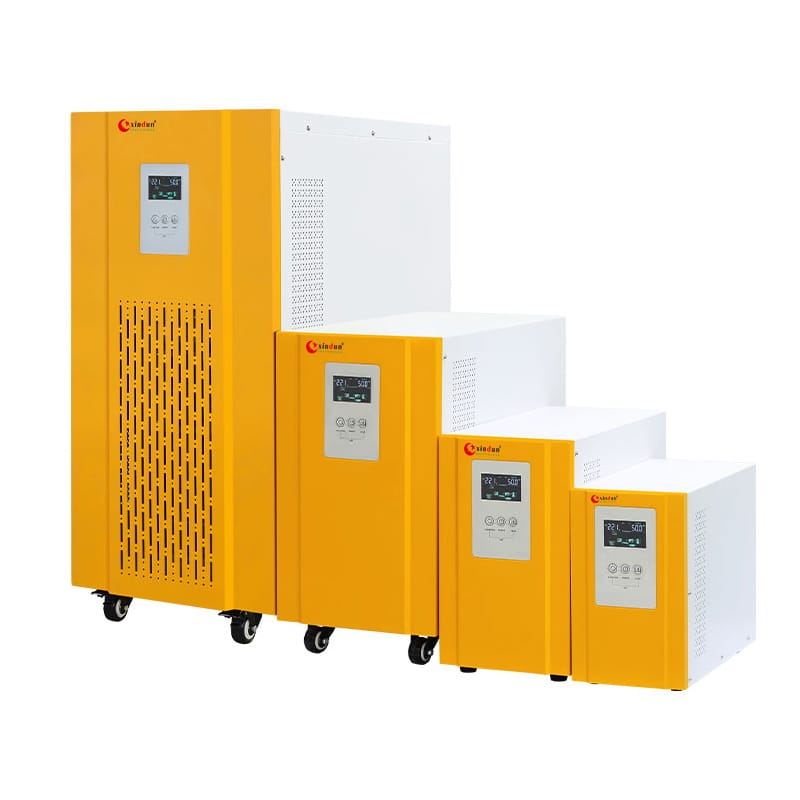
 Hybrid Inverter
Hybrid Inverter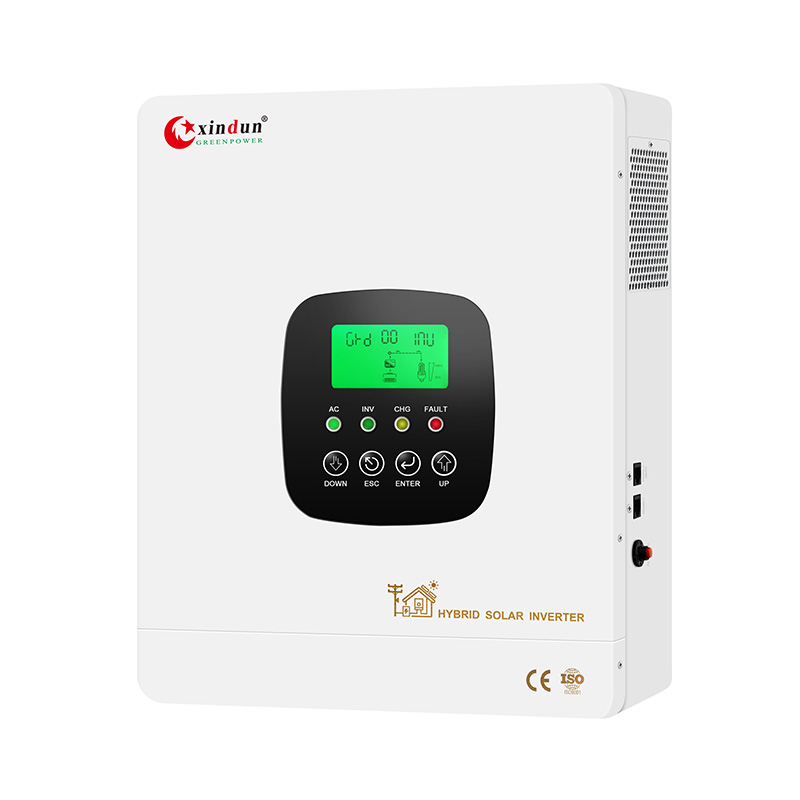
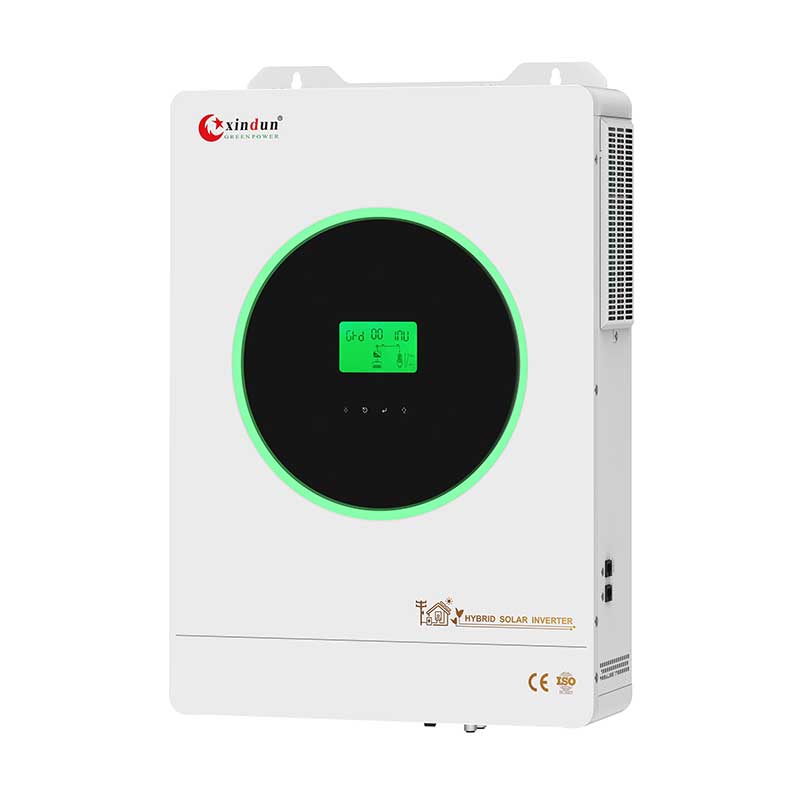
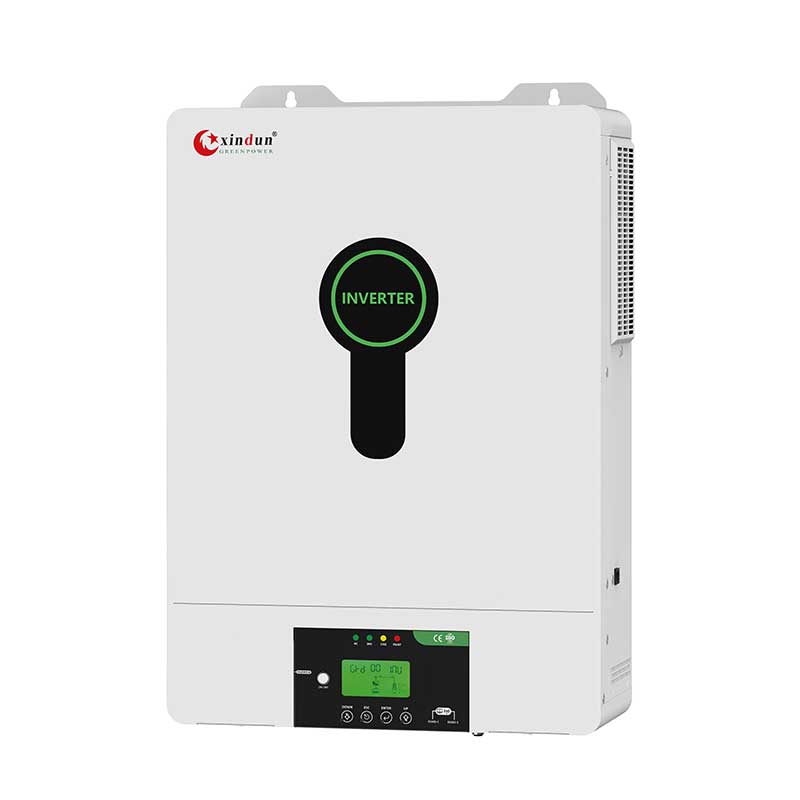
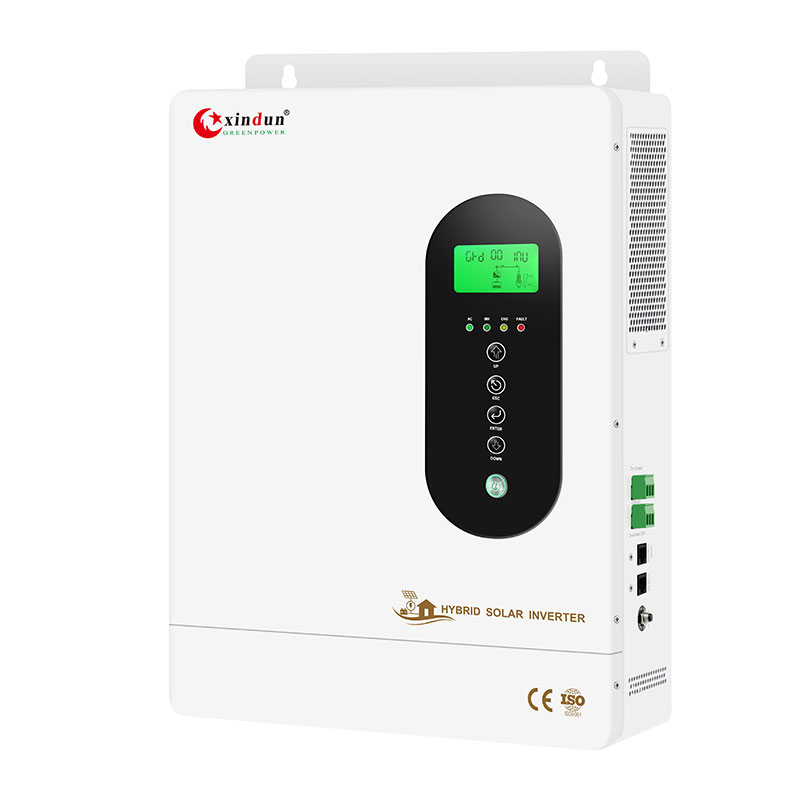
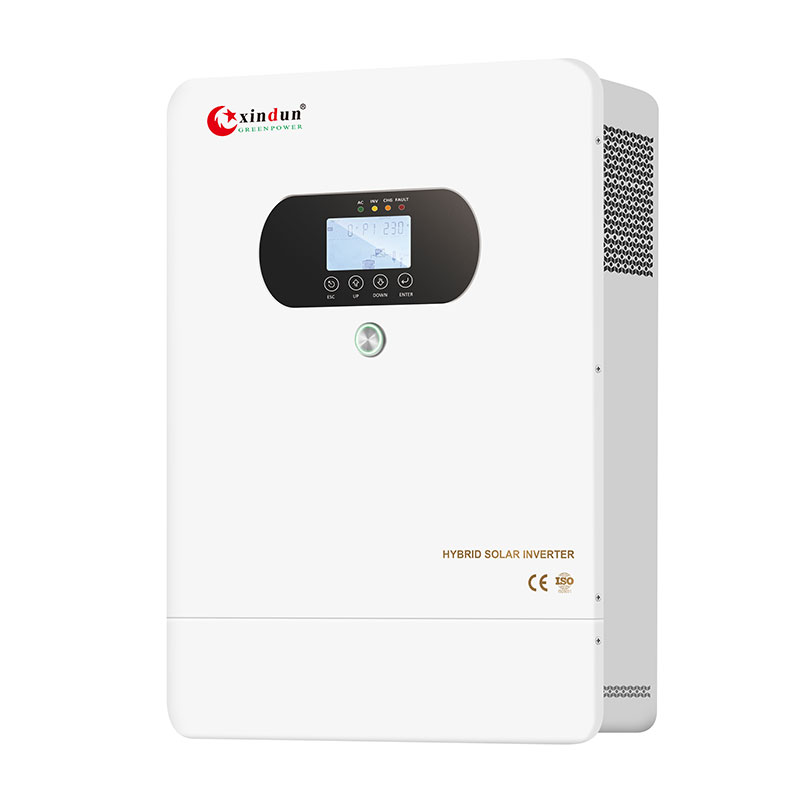
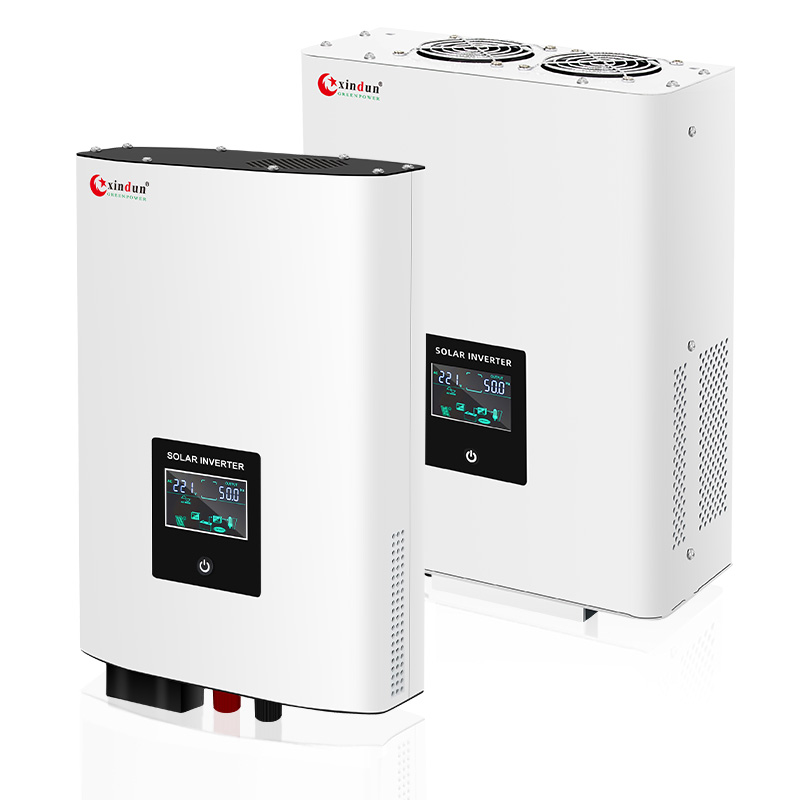
 Power Inverter
Power Inverter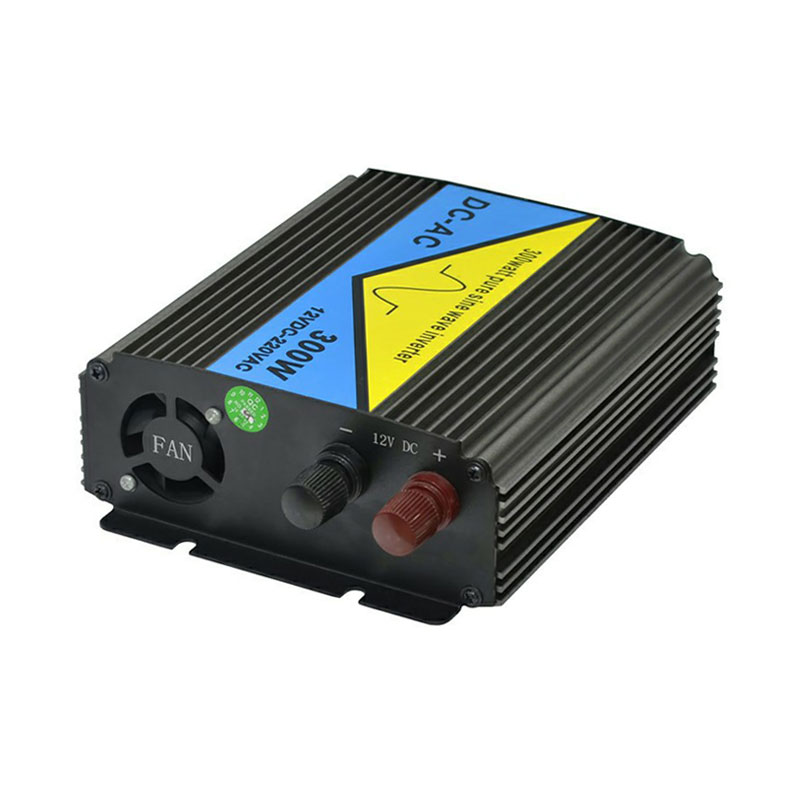
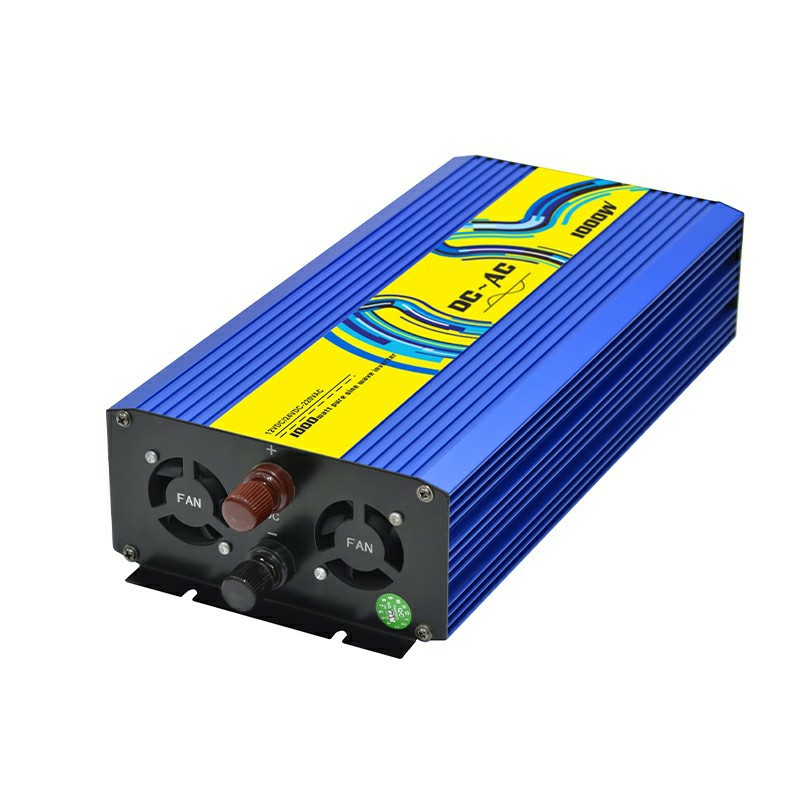
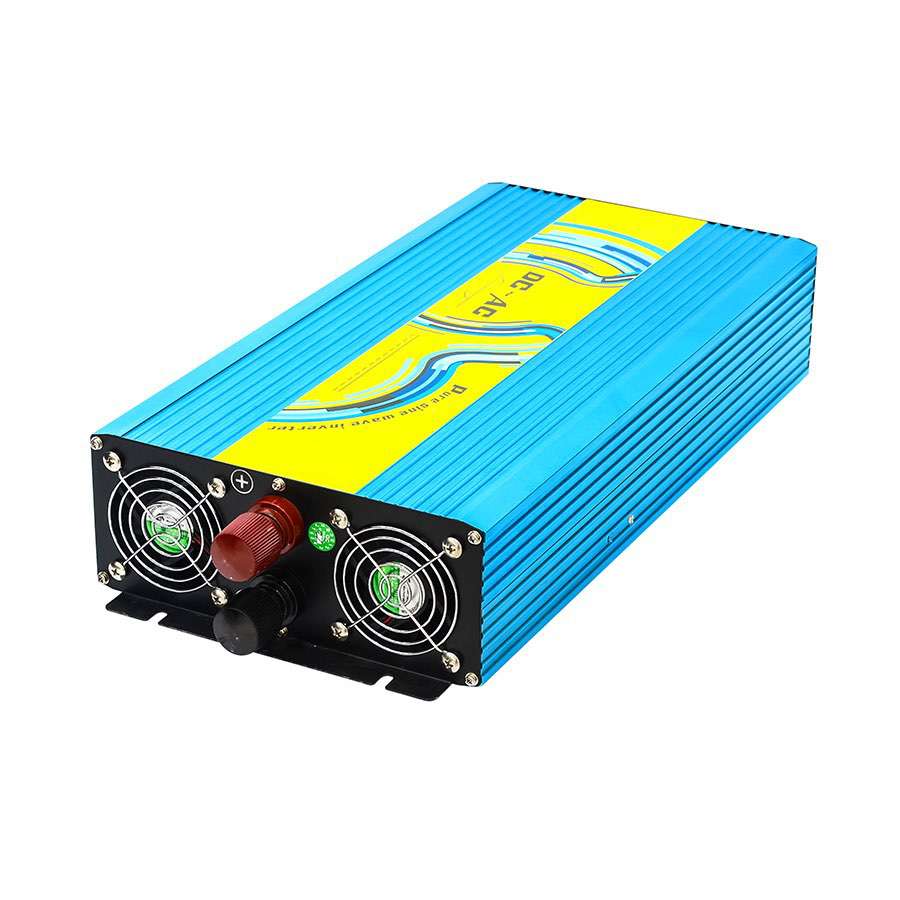
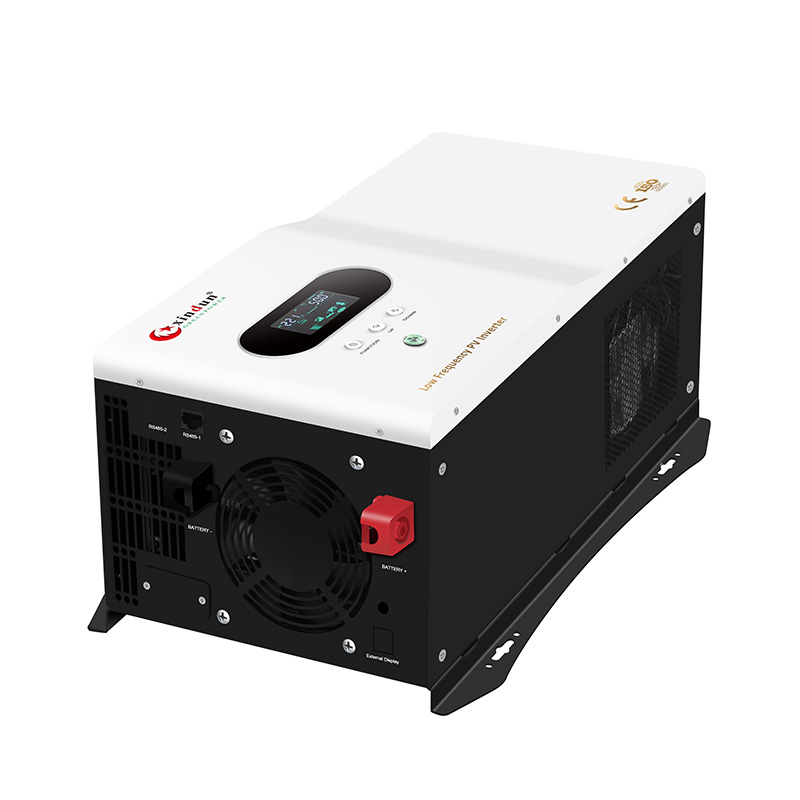
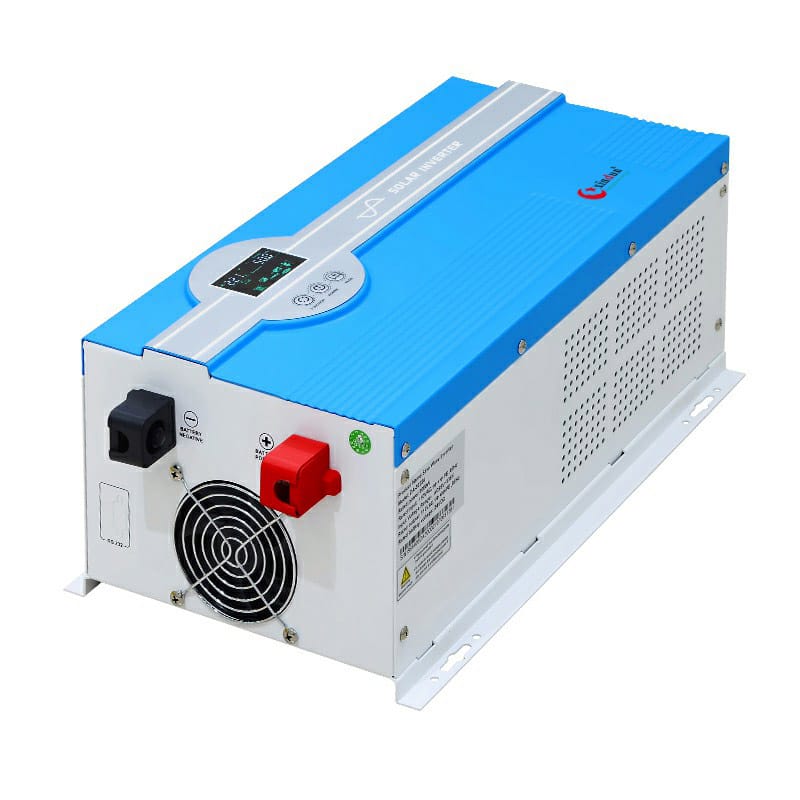
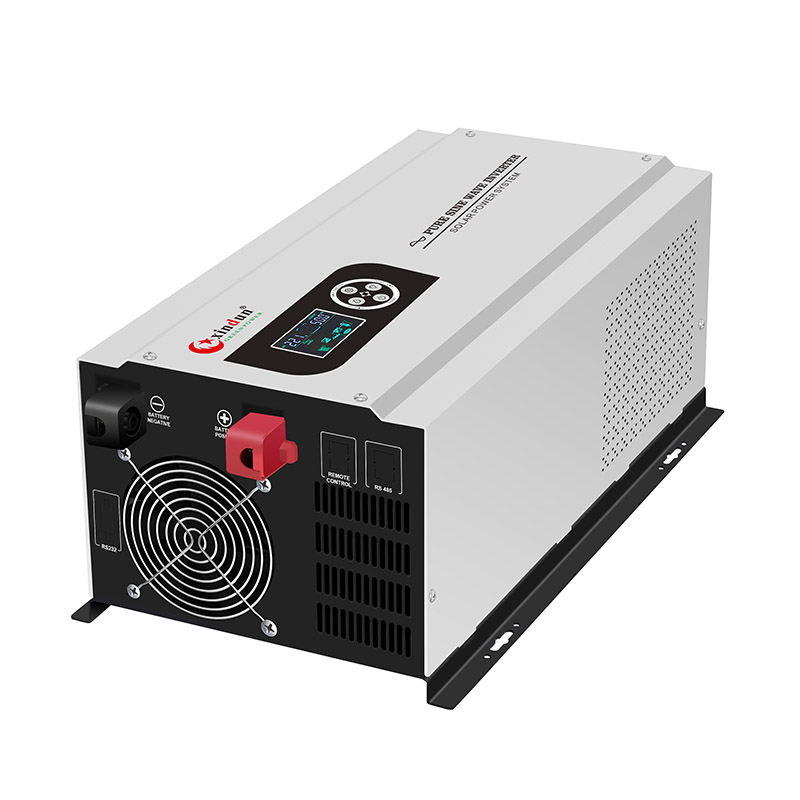
 Split Phase Inverter
Split Phase Inverter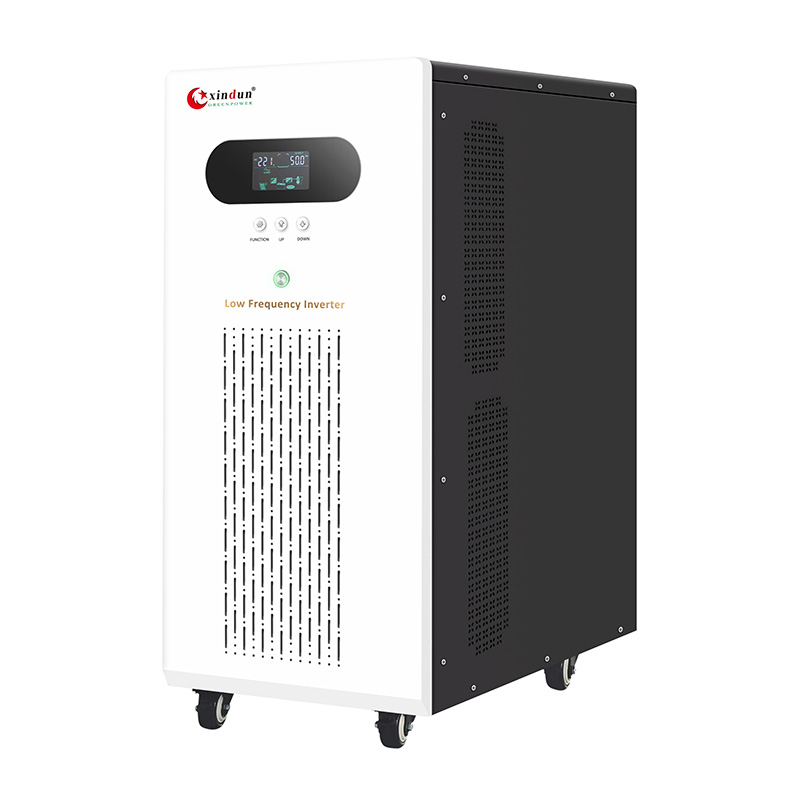
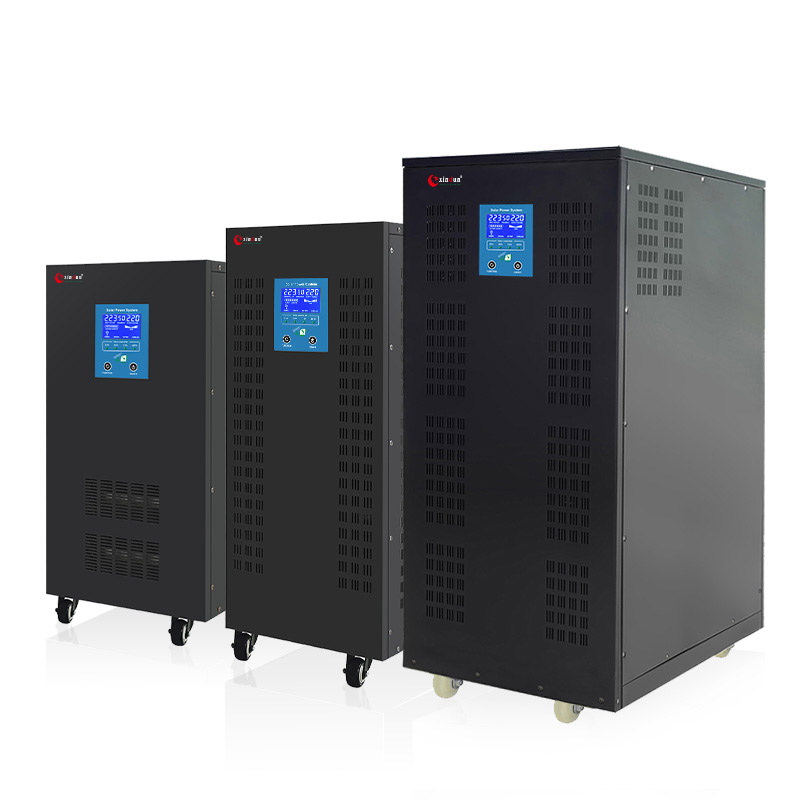
 Energy Storage Inverter
Energy Storage Inverter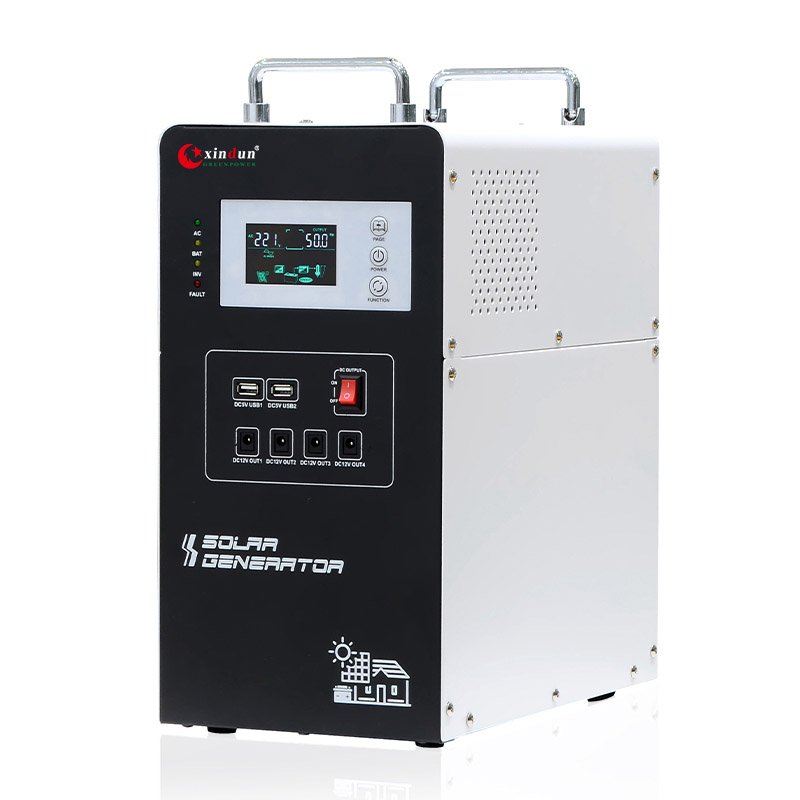
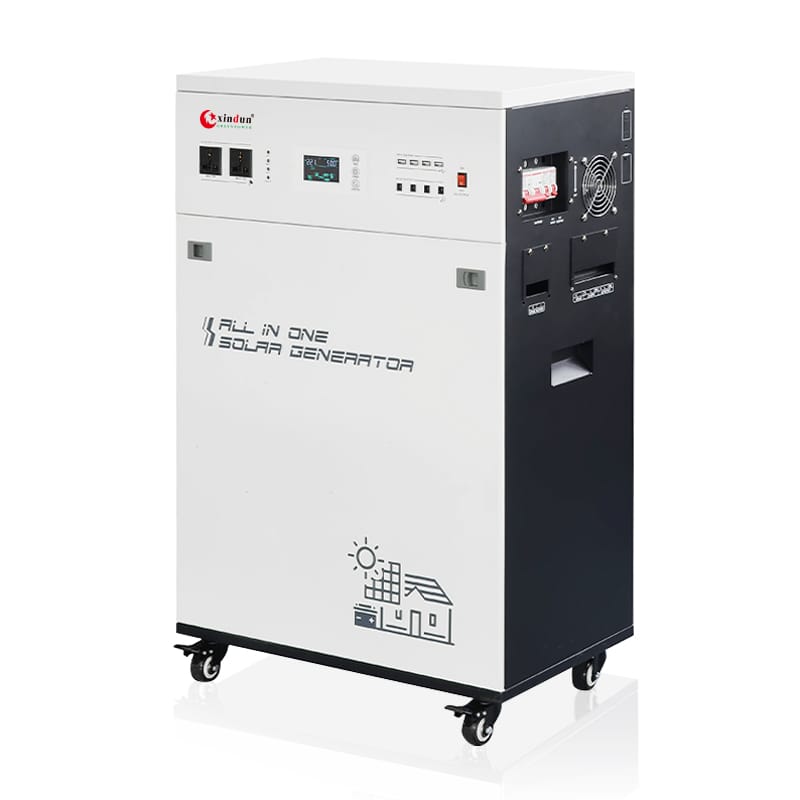

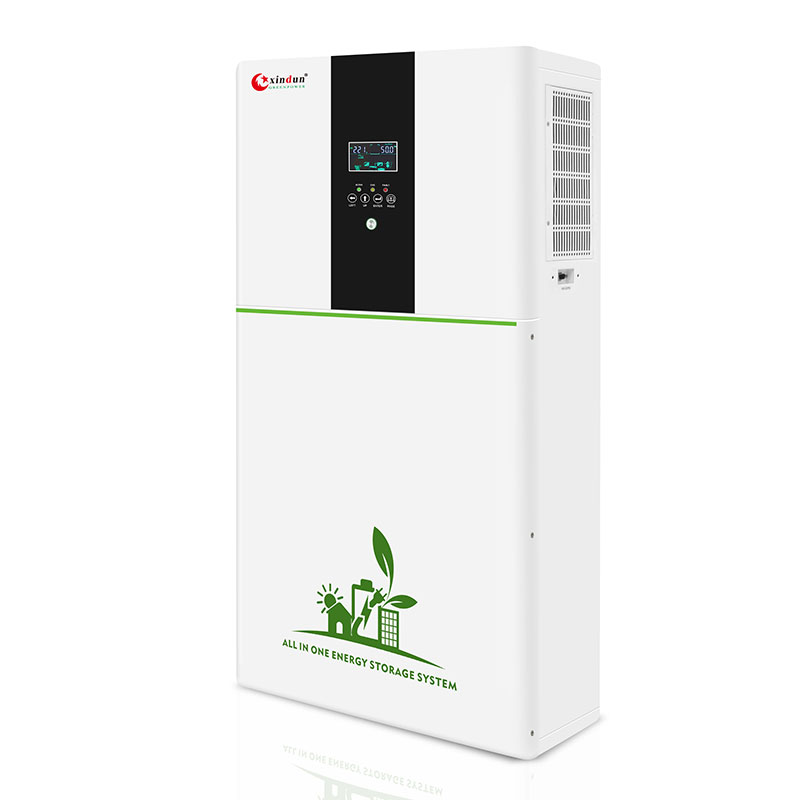
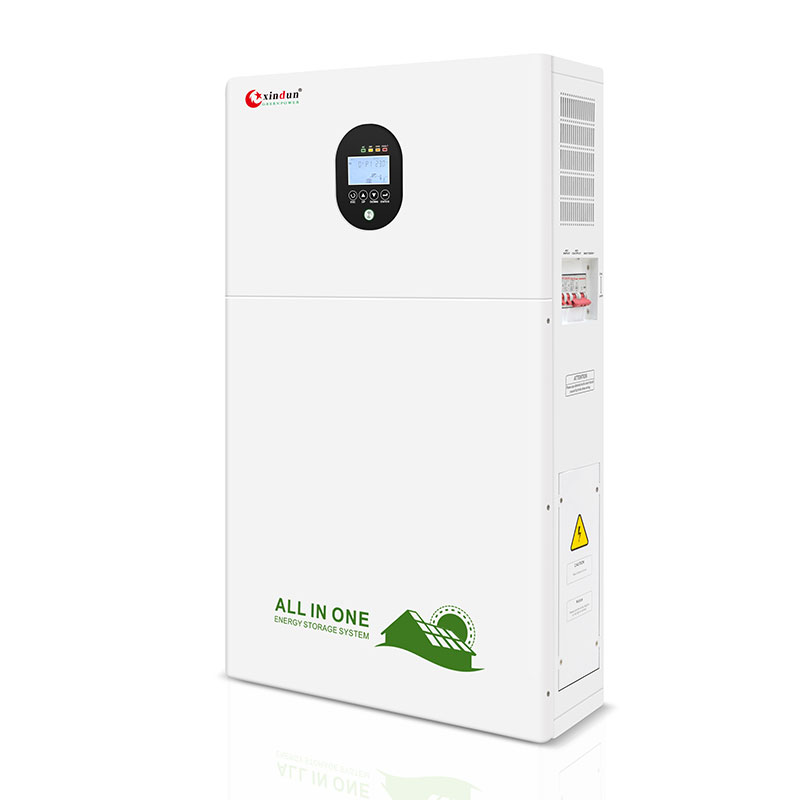
 3 Phase Inverter
3 Phase Inverter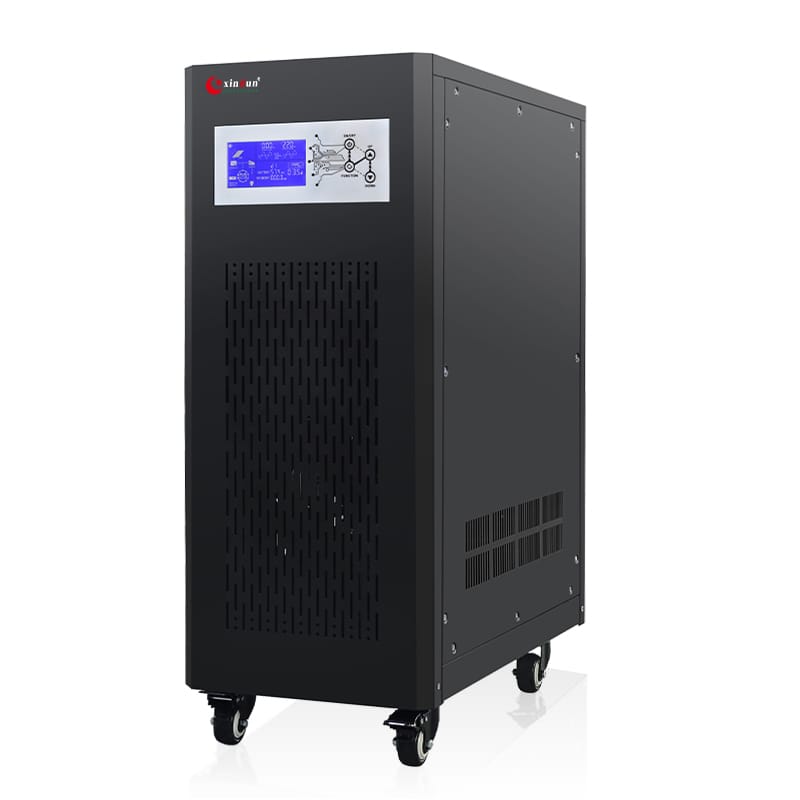
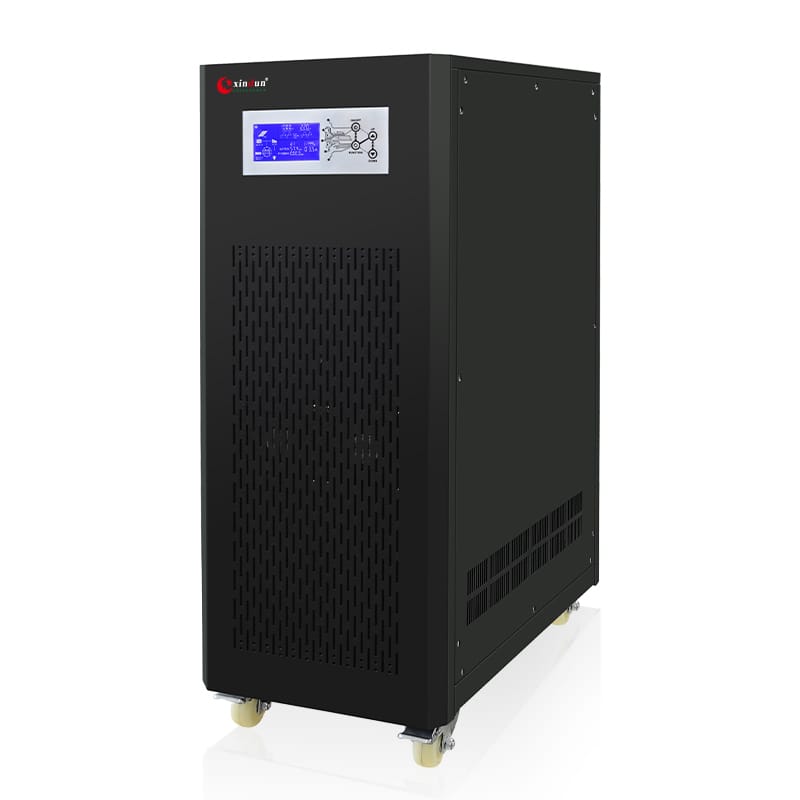
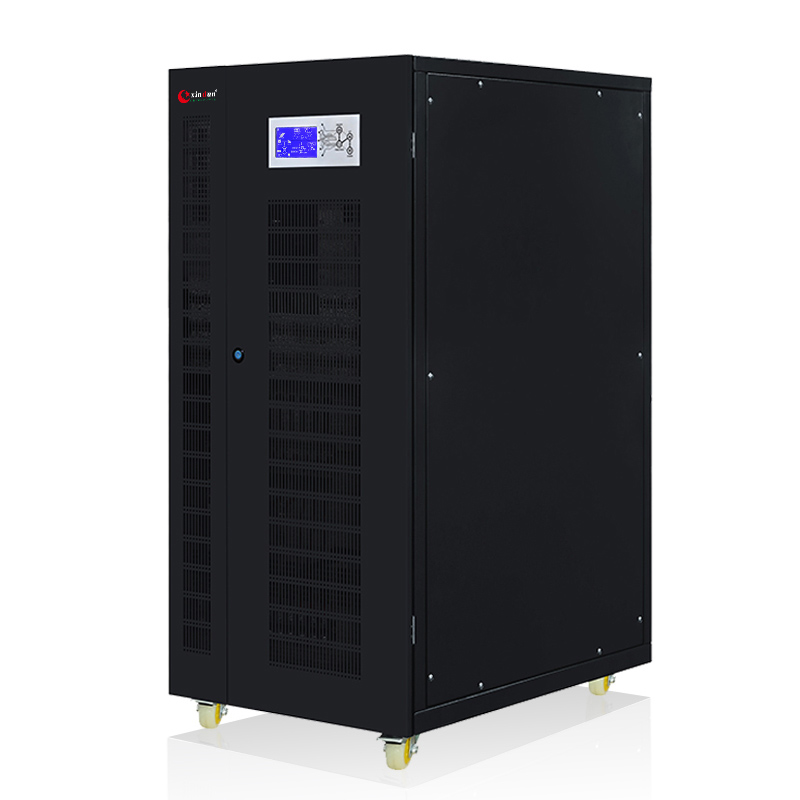
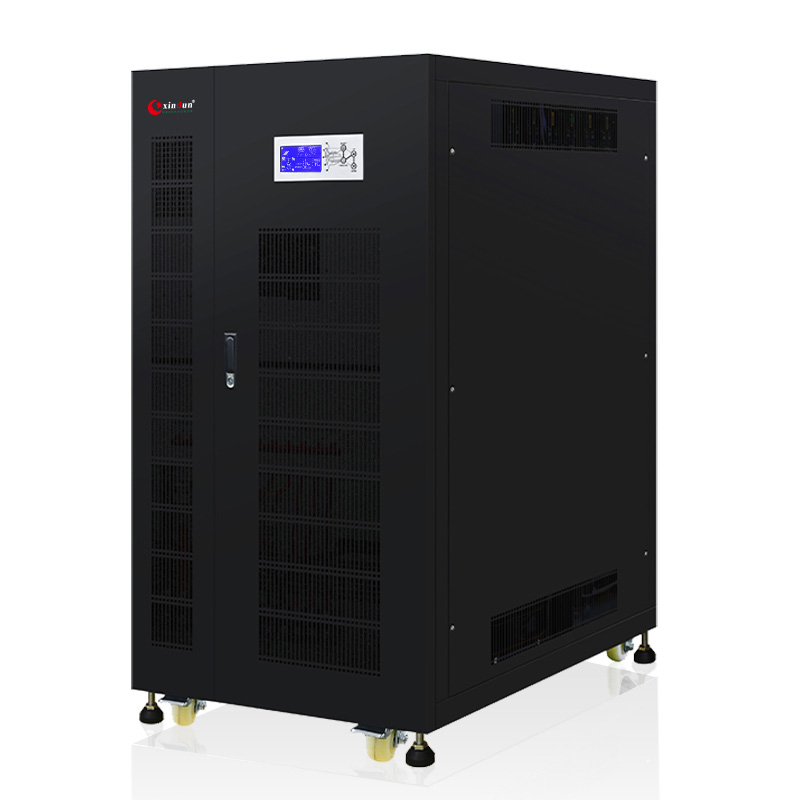
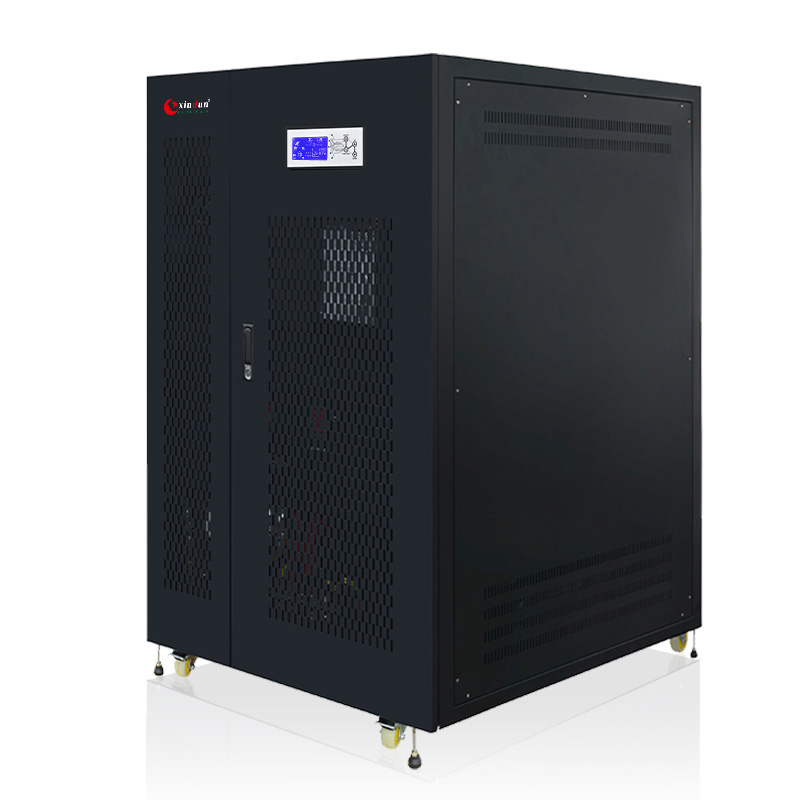
 Solar System Kits
Solar System Kits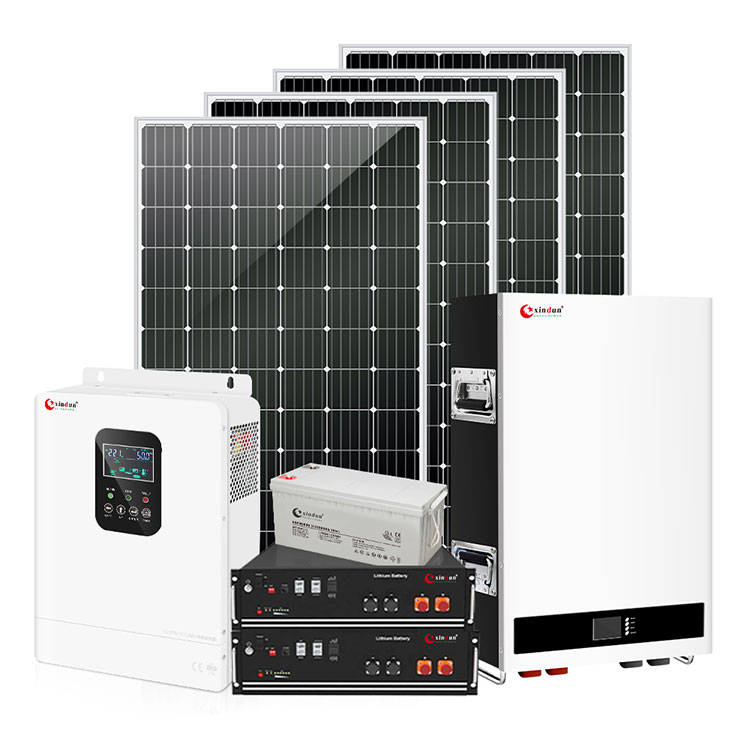
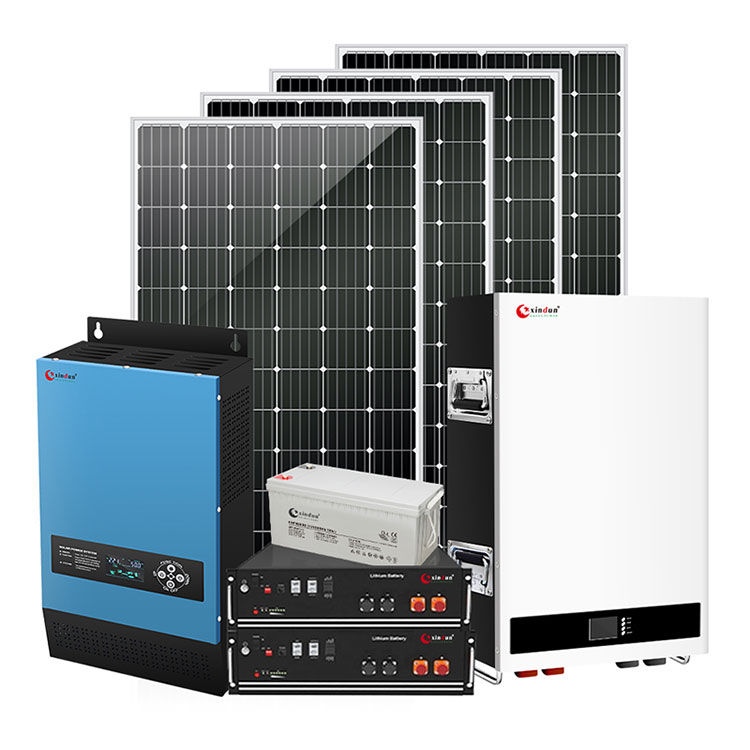
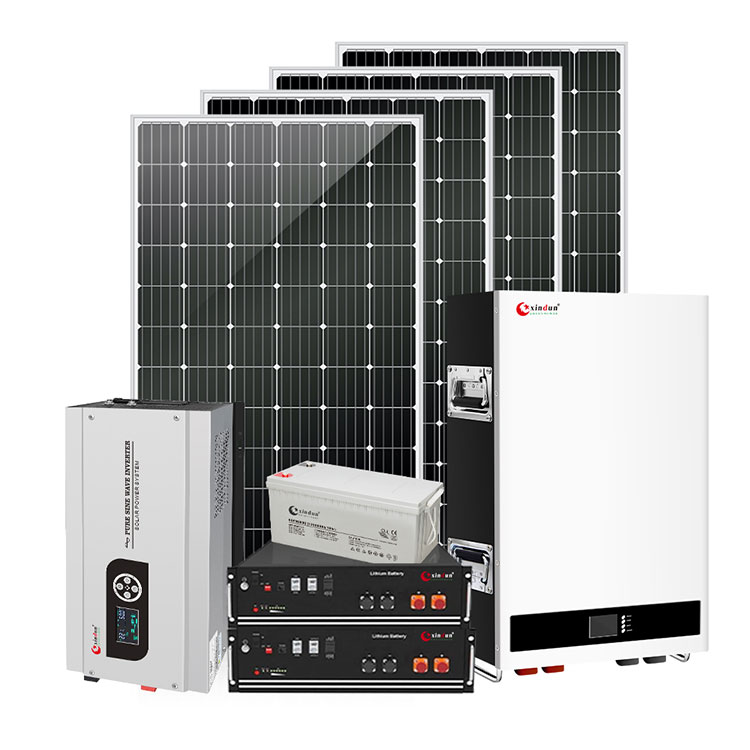
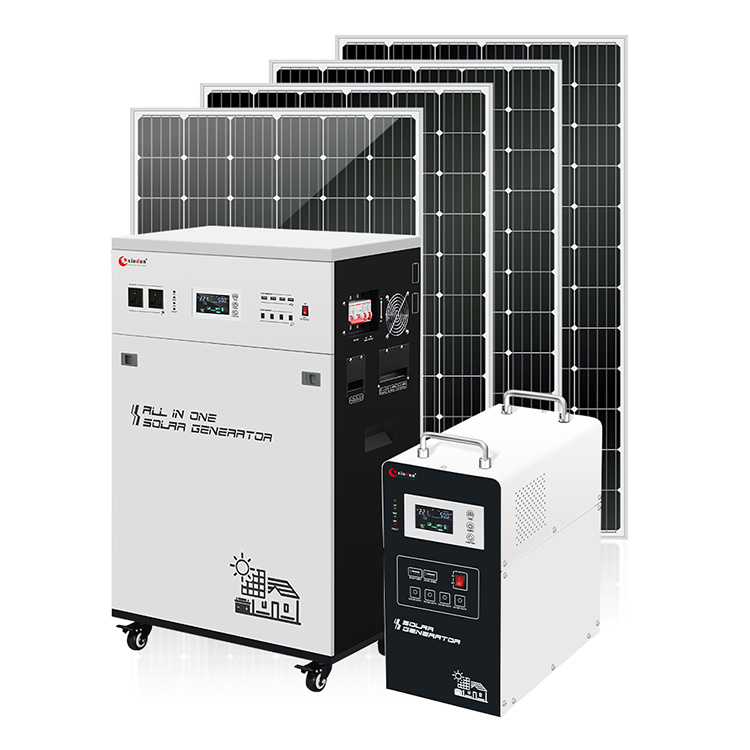
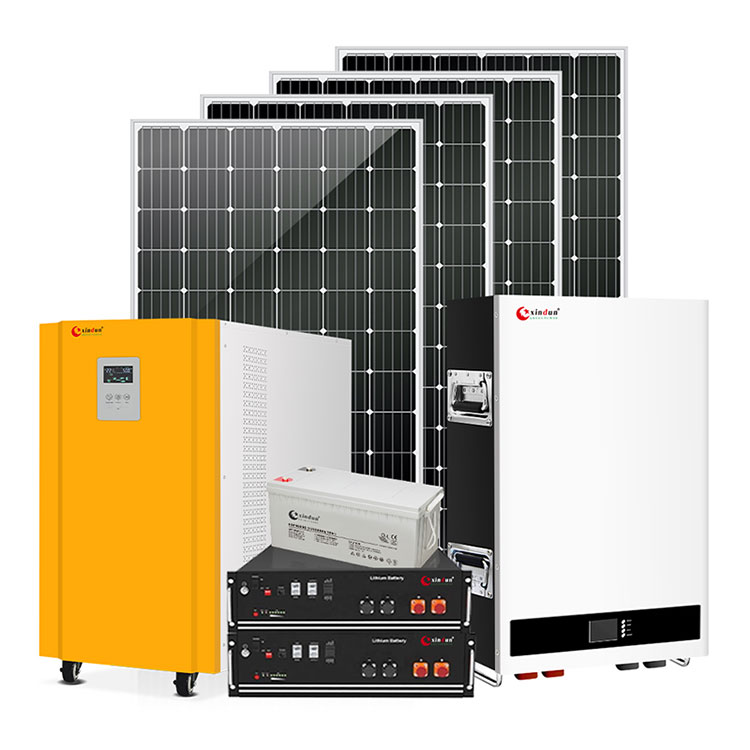
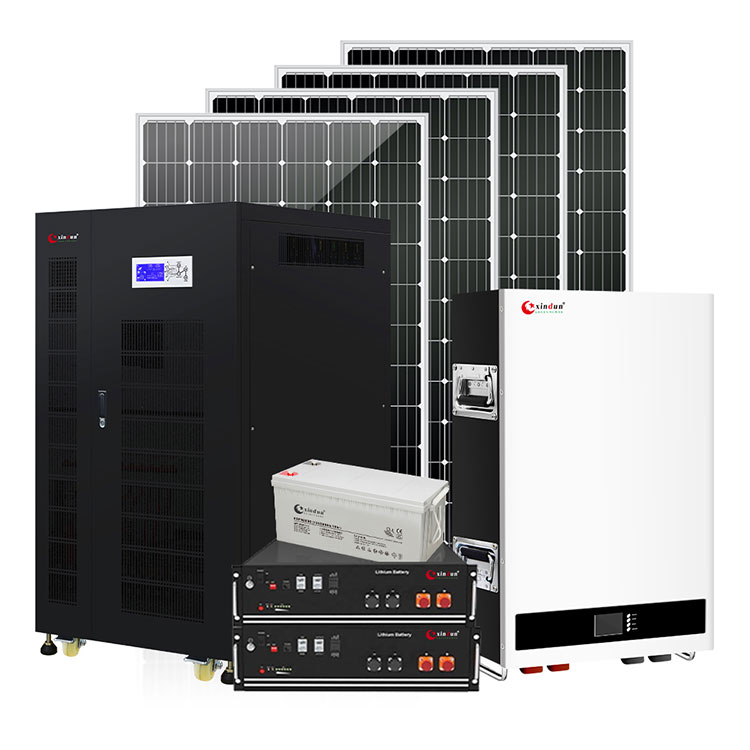
 Solar Charge Controller
Solar Charge Controller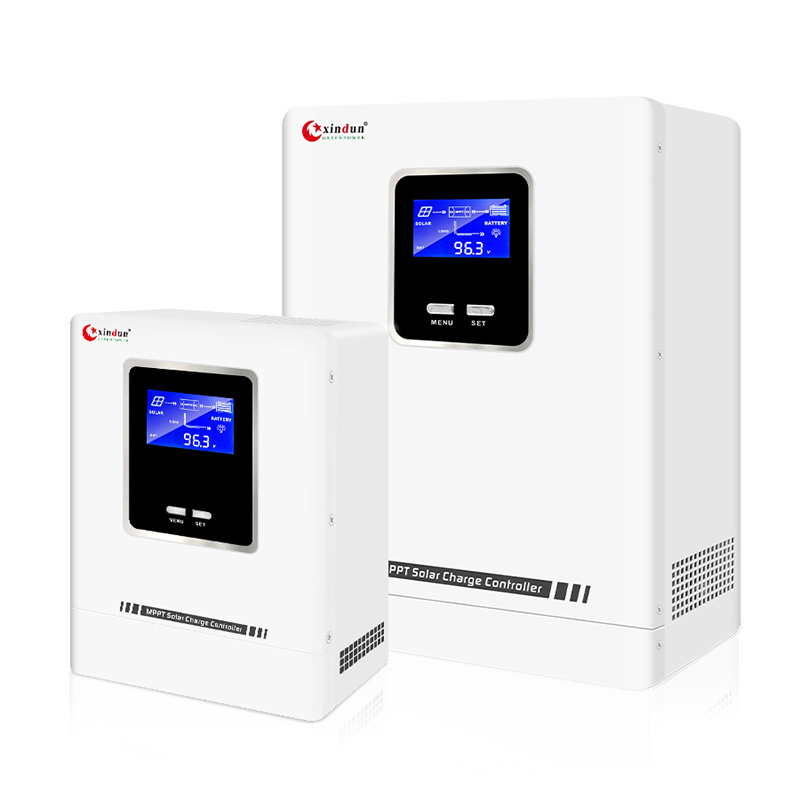
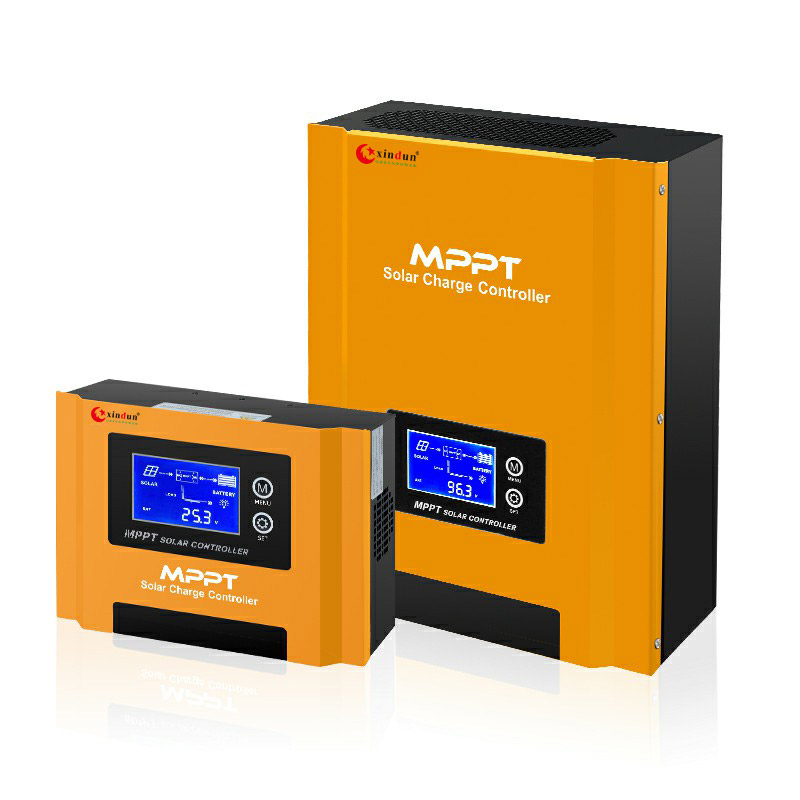

 Solar Battery
Solar Battery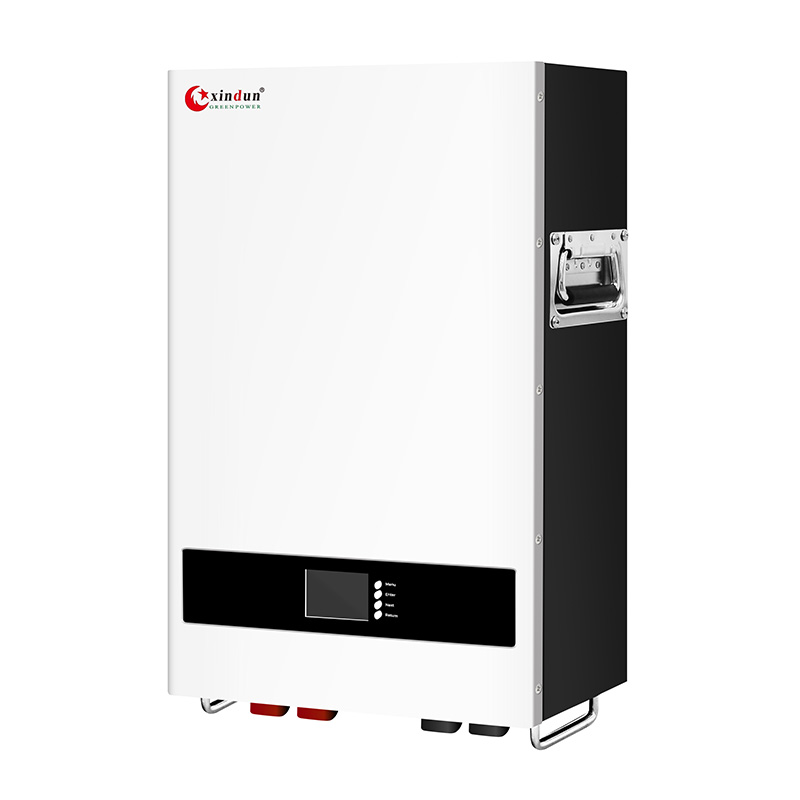
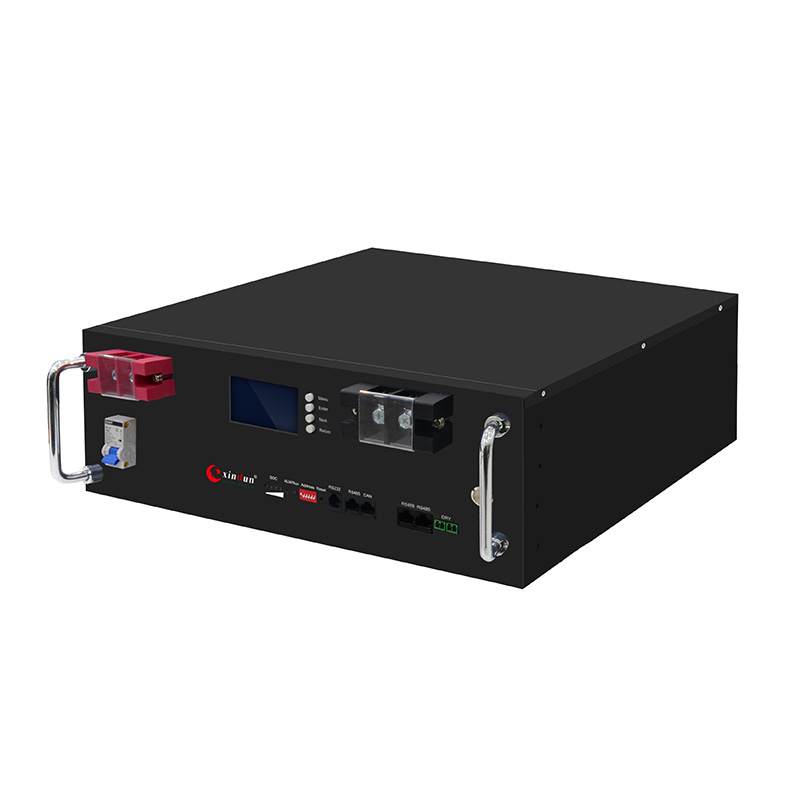
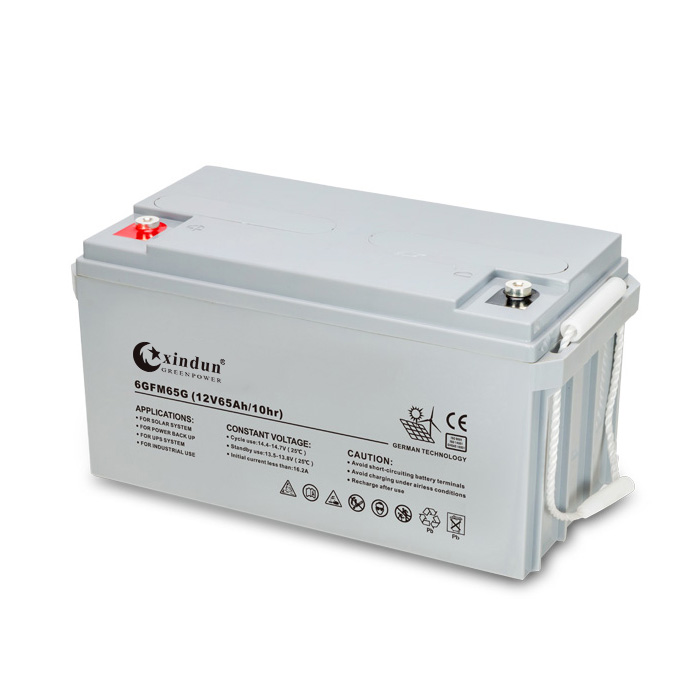
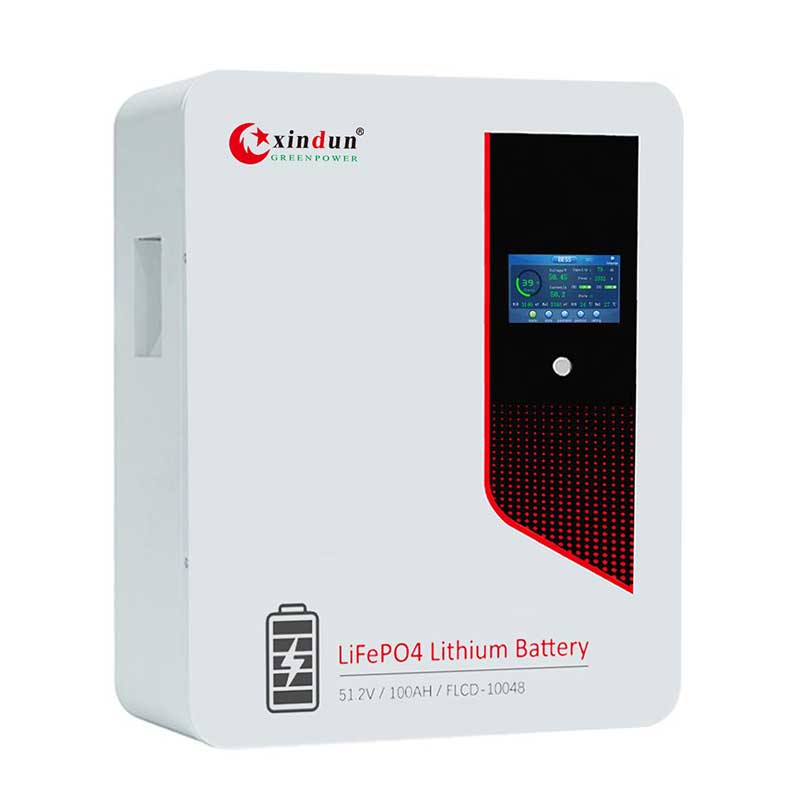
 Asia
Asia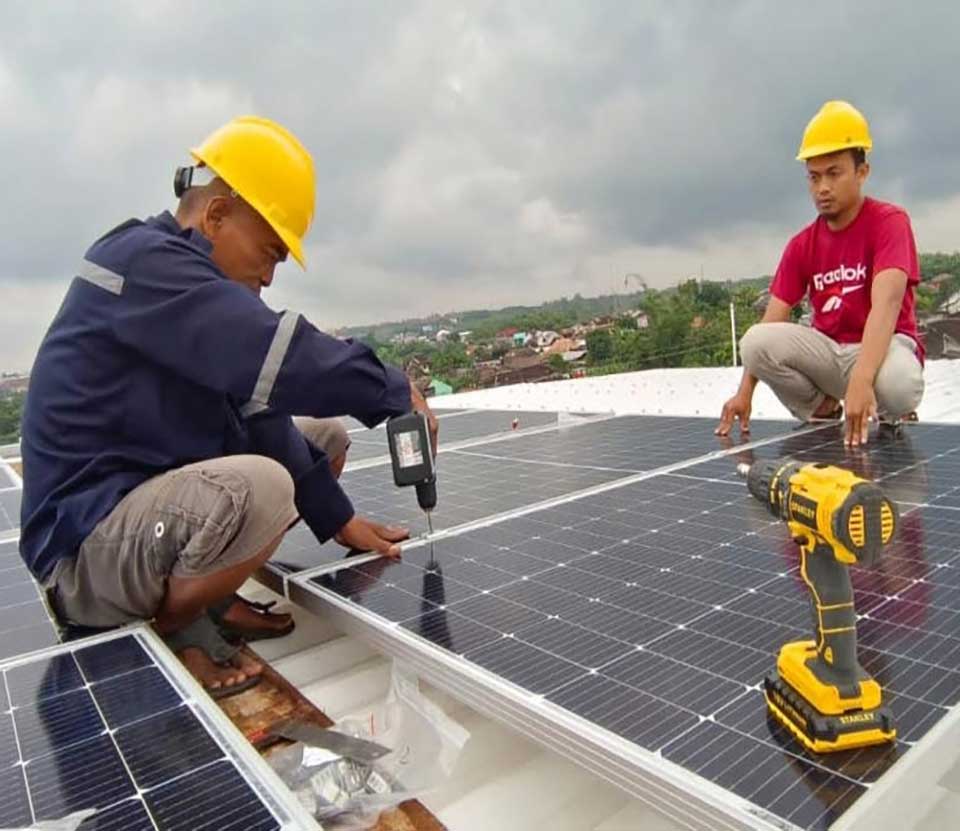
 Africa
Africa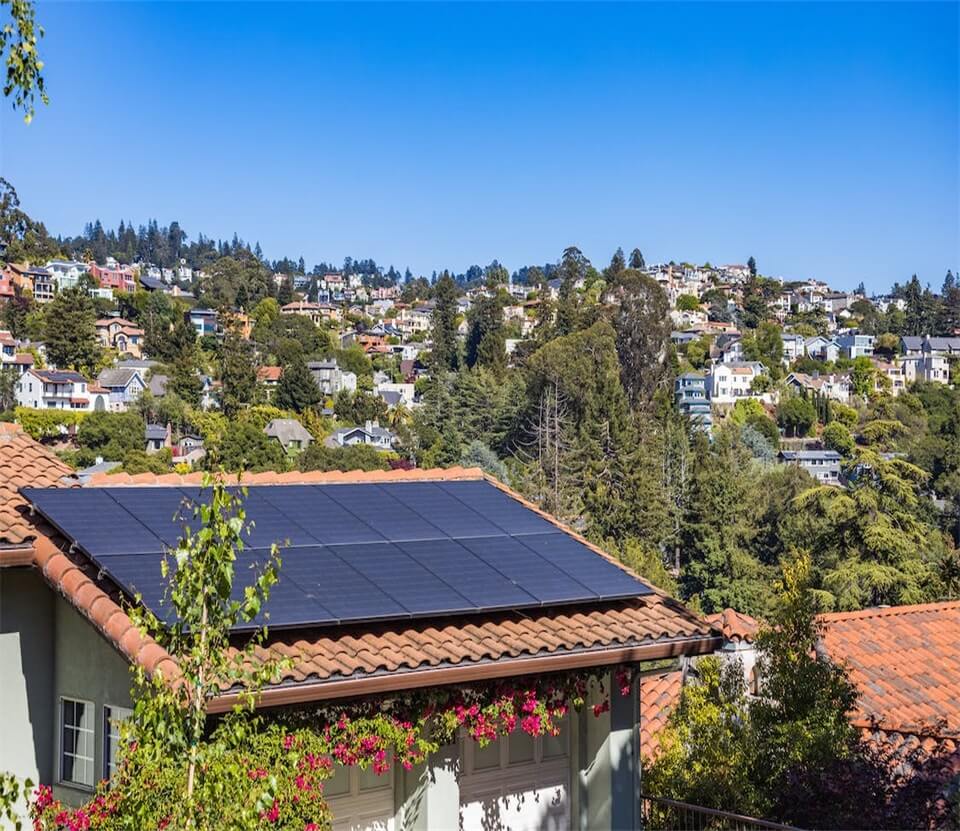
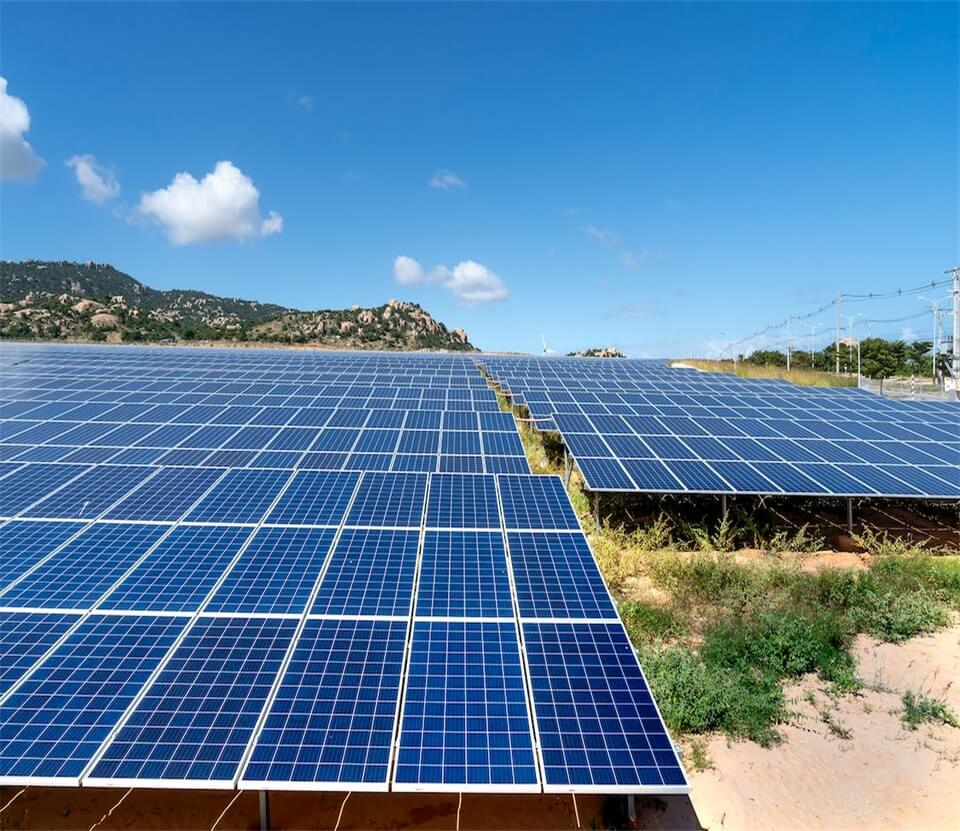
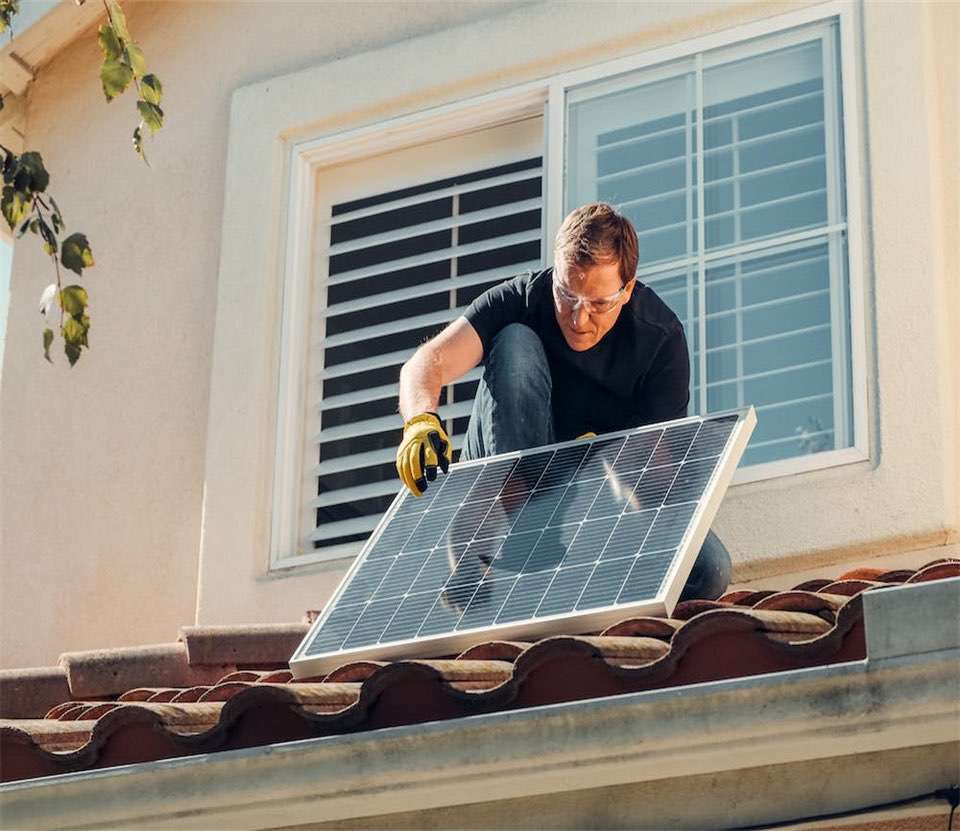
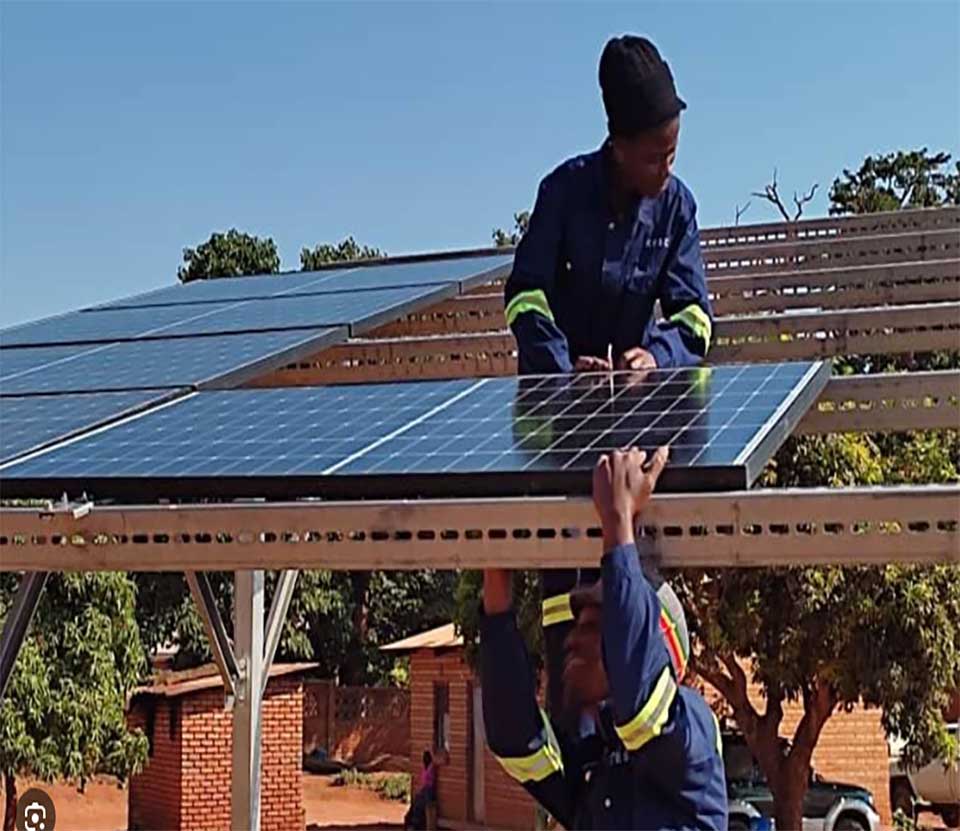
 South America
South America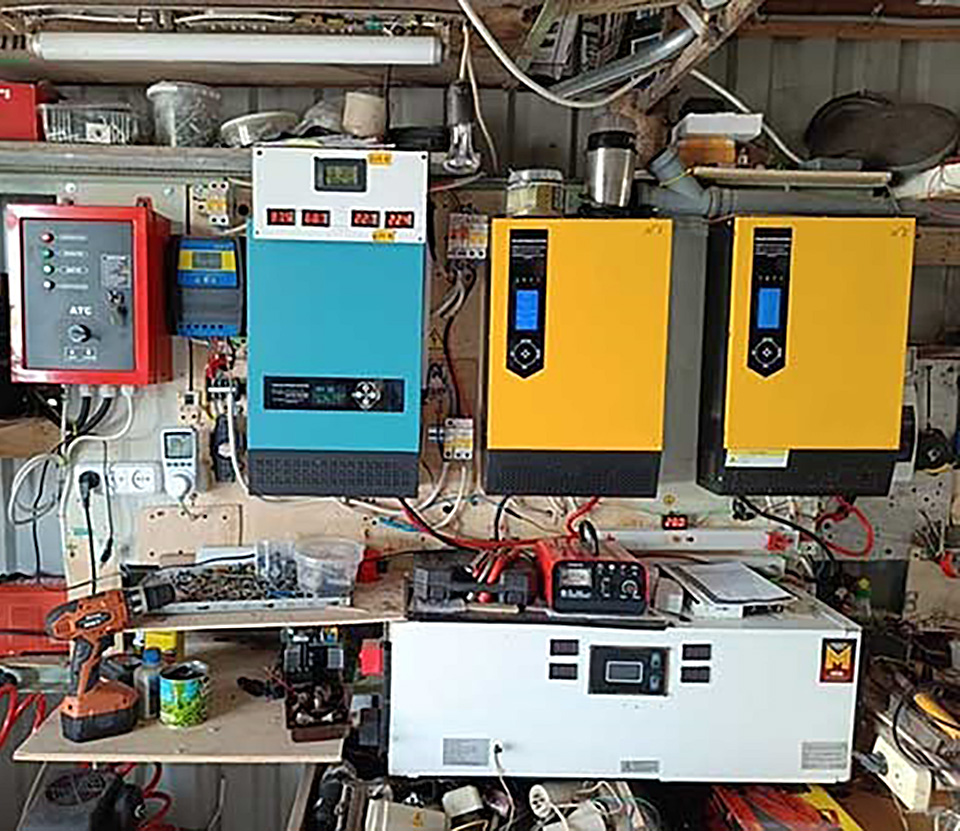
 Europe
Europe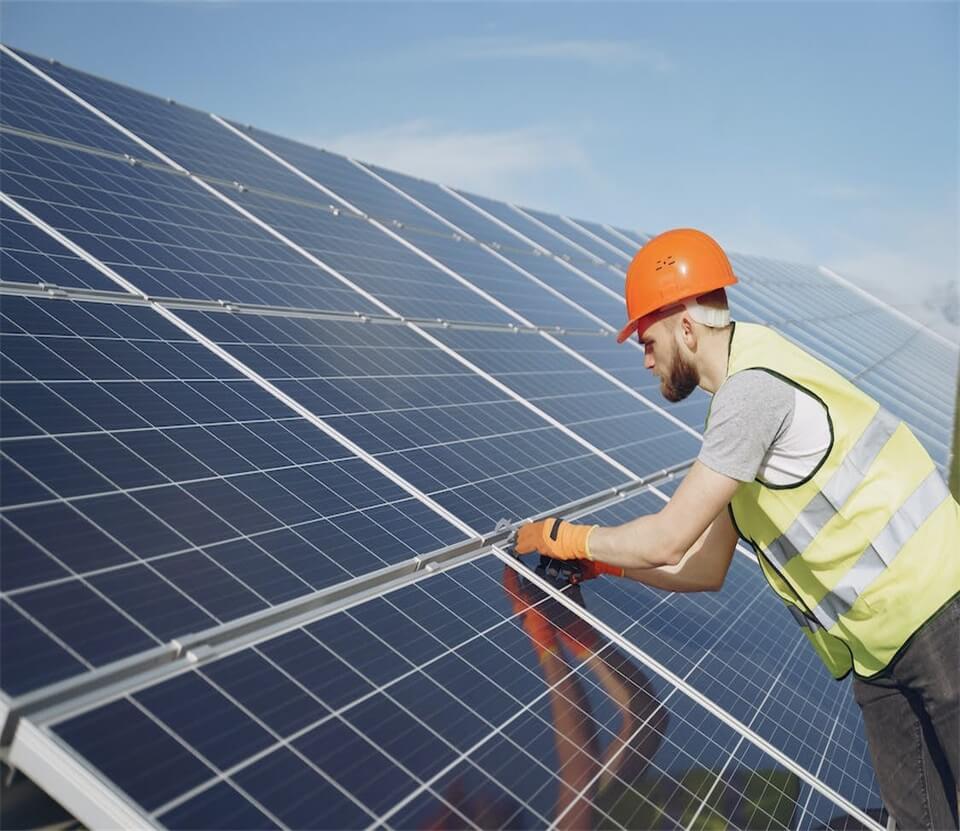
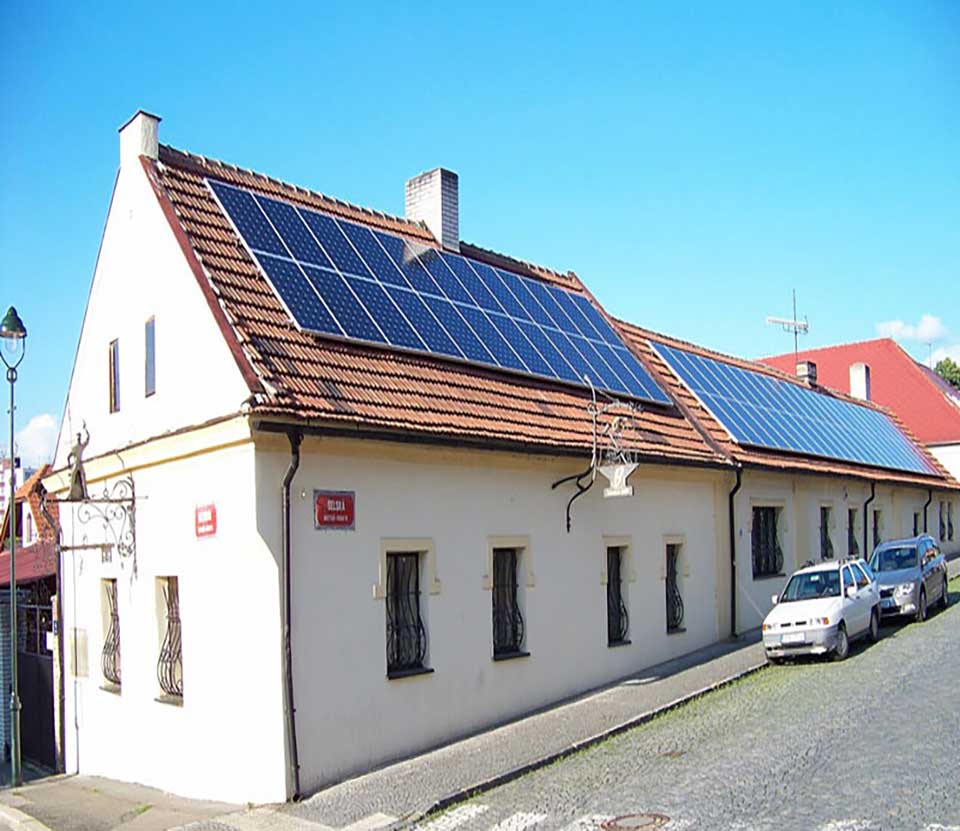
 North America
North America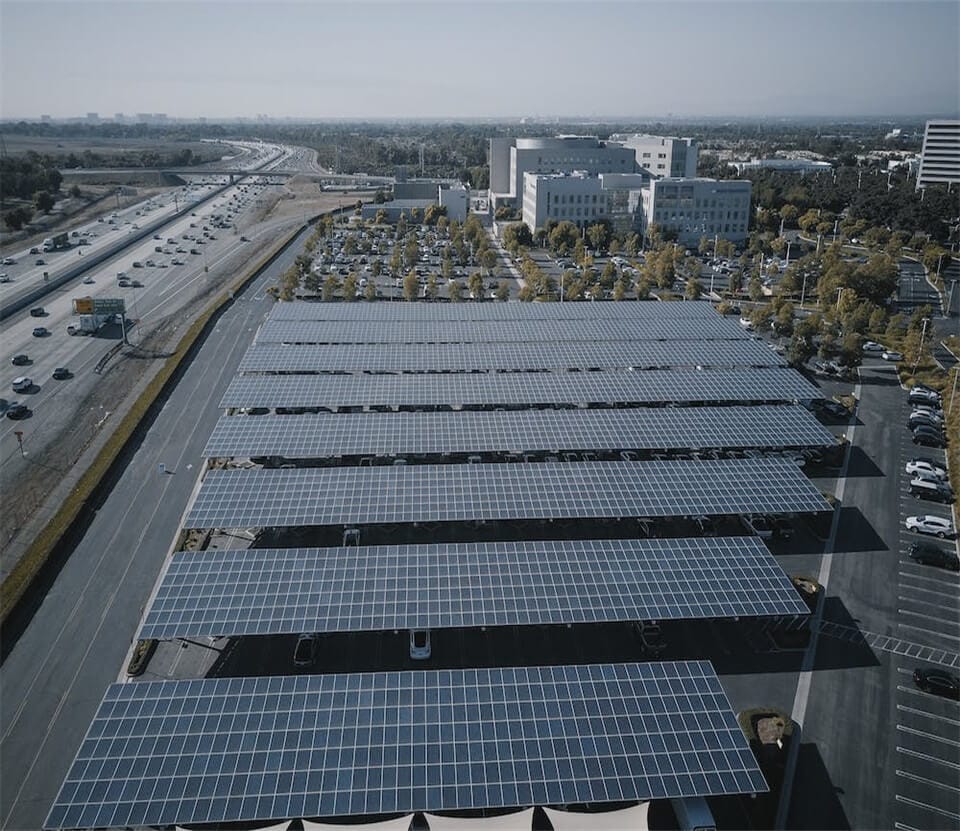
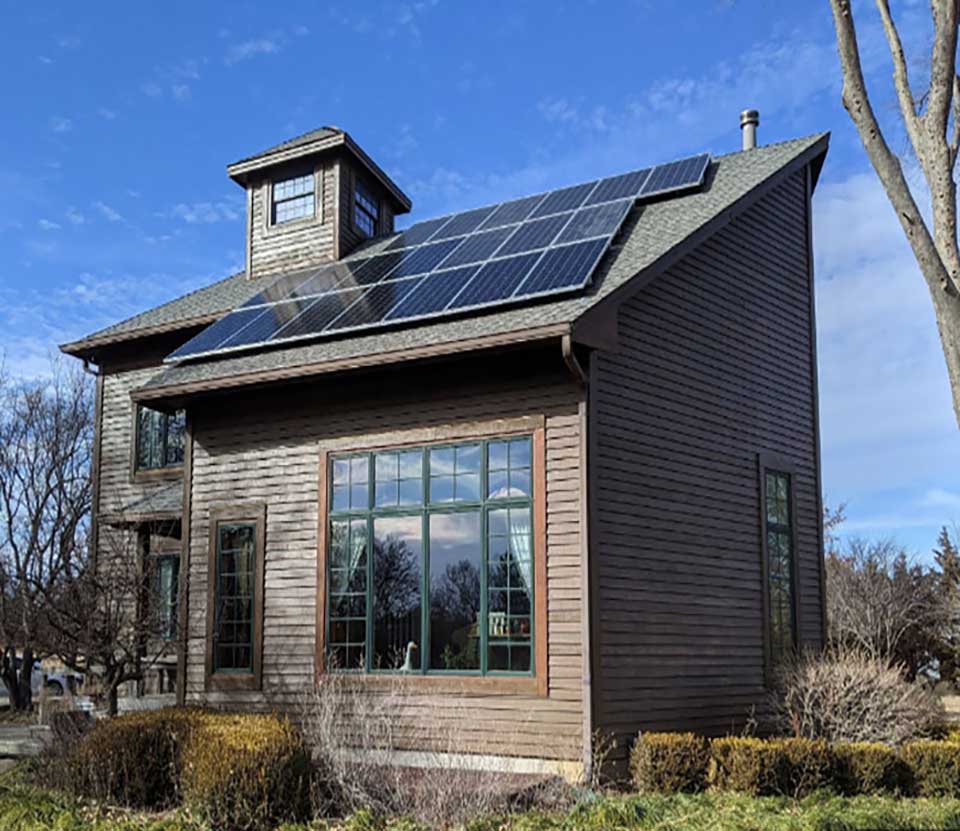
 Oceania & Antarctica
Oceania & Antarctica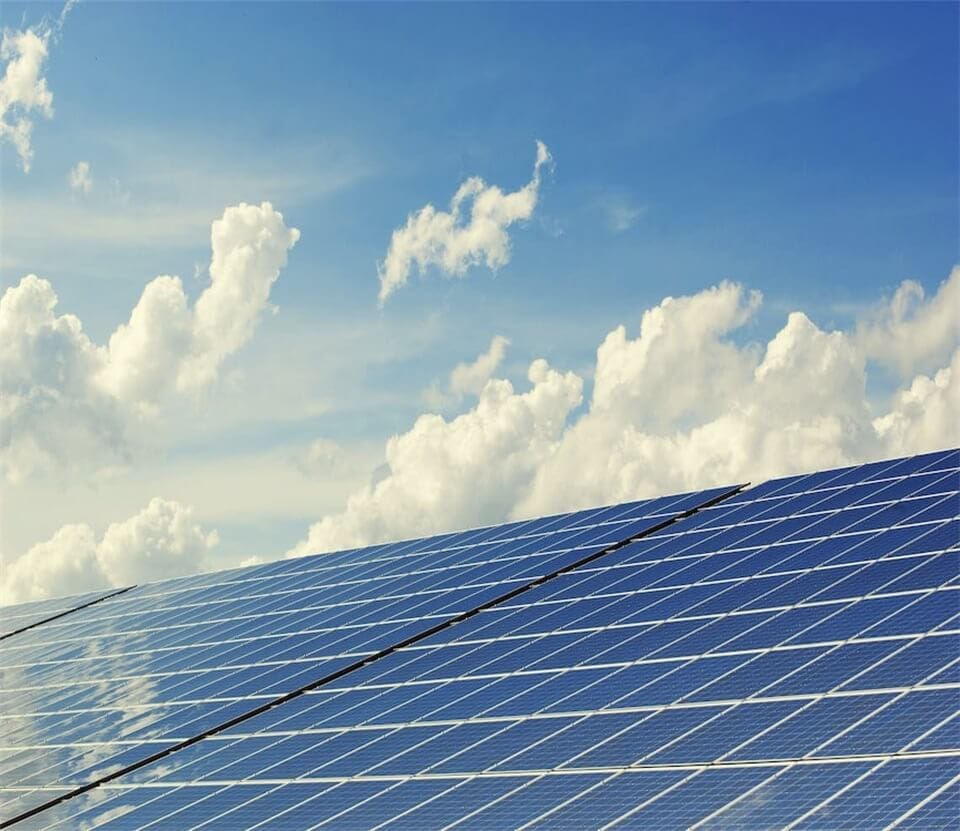










 Home
Home Best Solar Power Inverter Recommendation For Iraq
Best Solar Power Inverter Recommendation For Iraq  Top Selling Products
Top Selling Products














